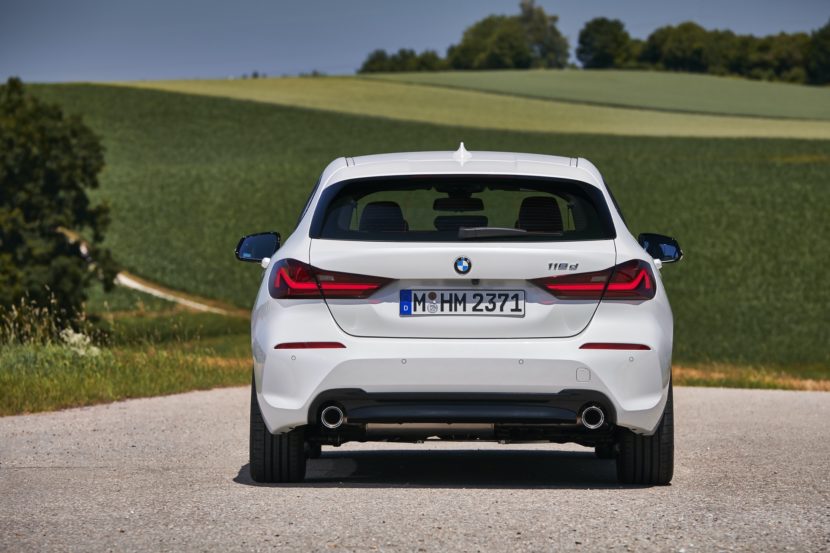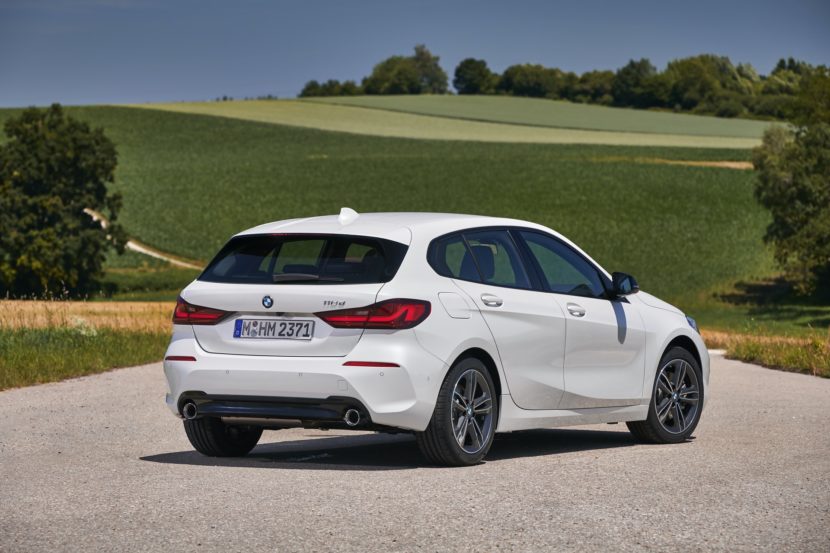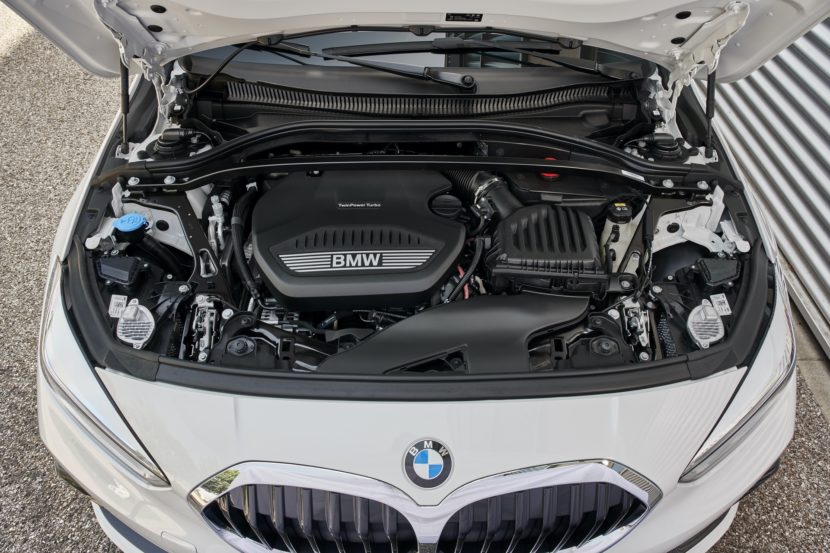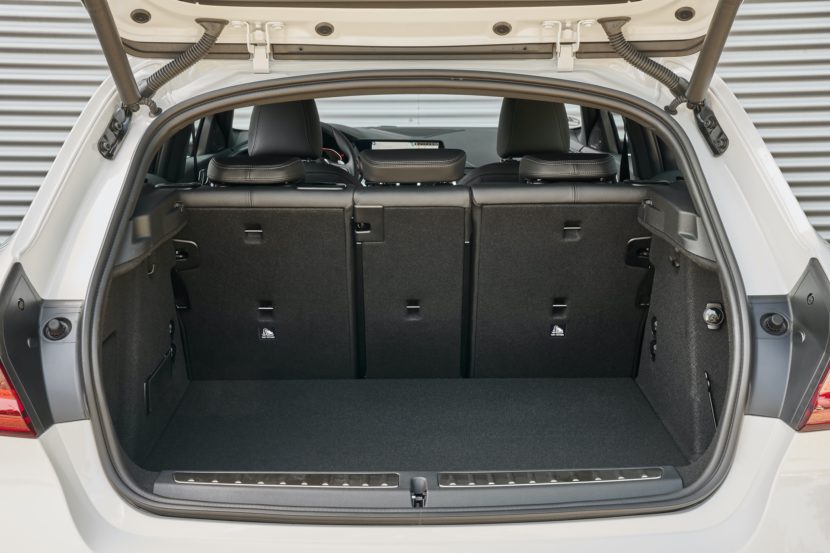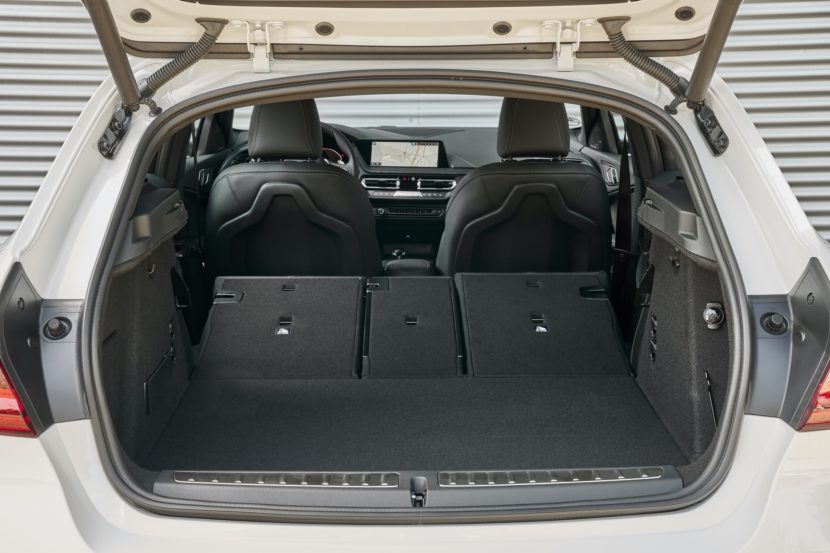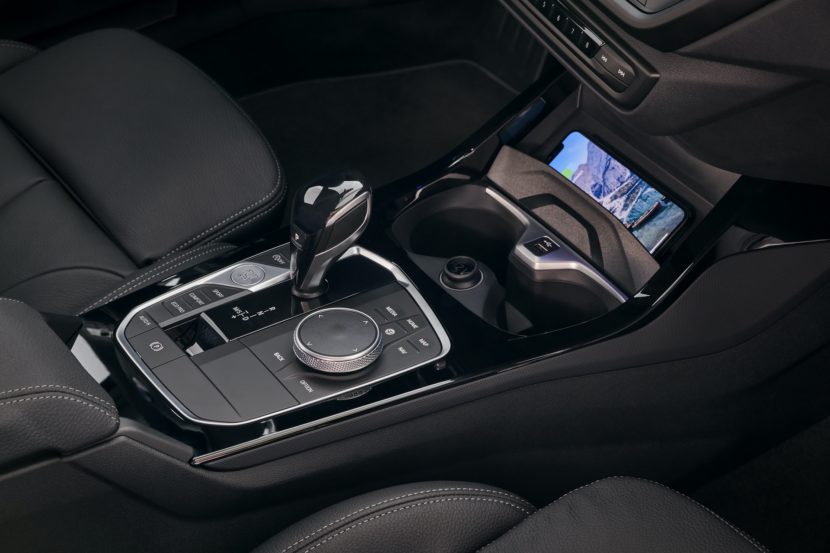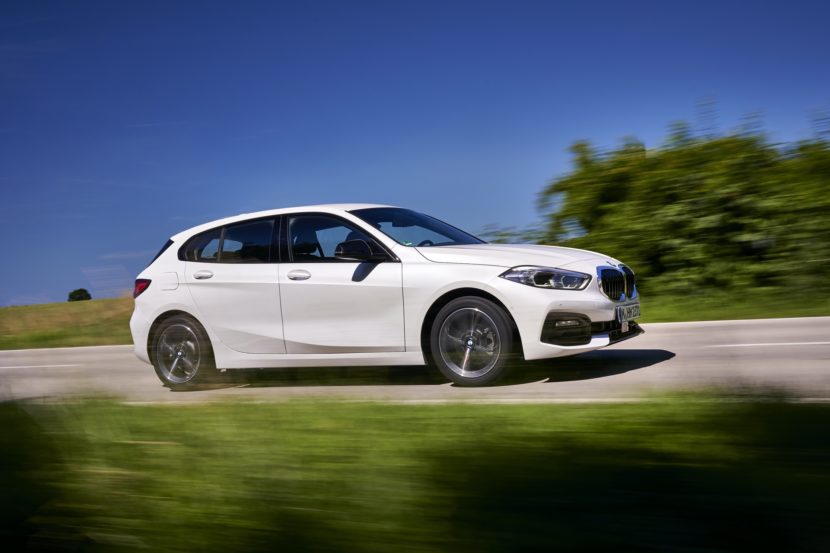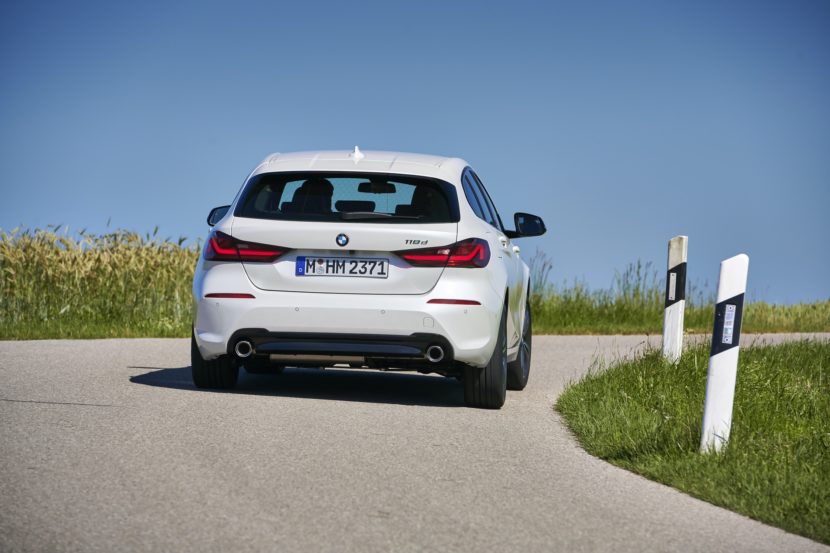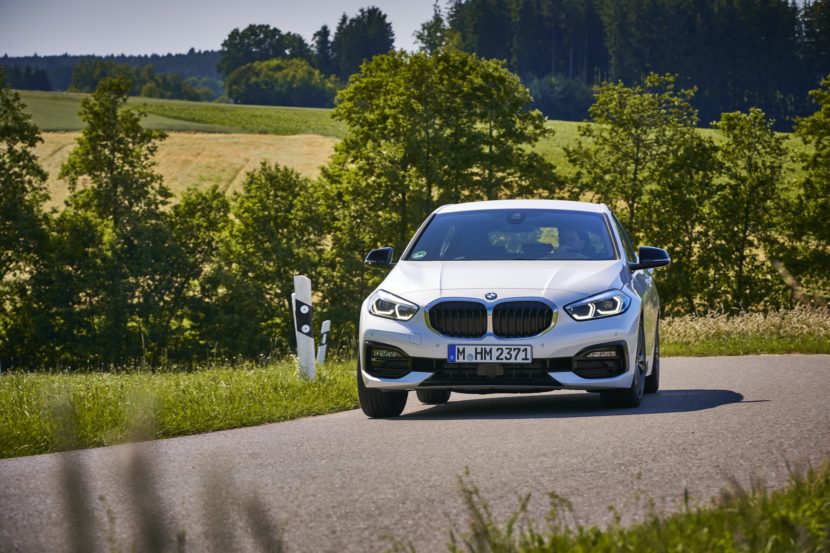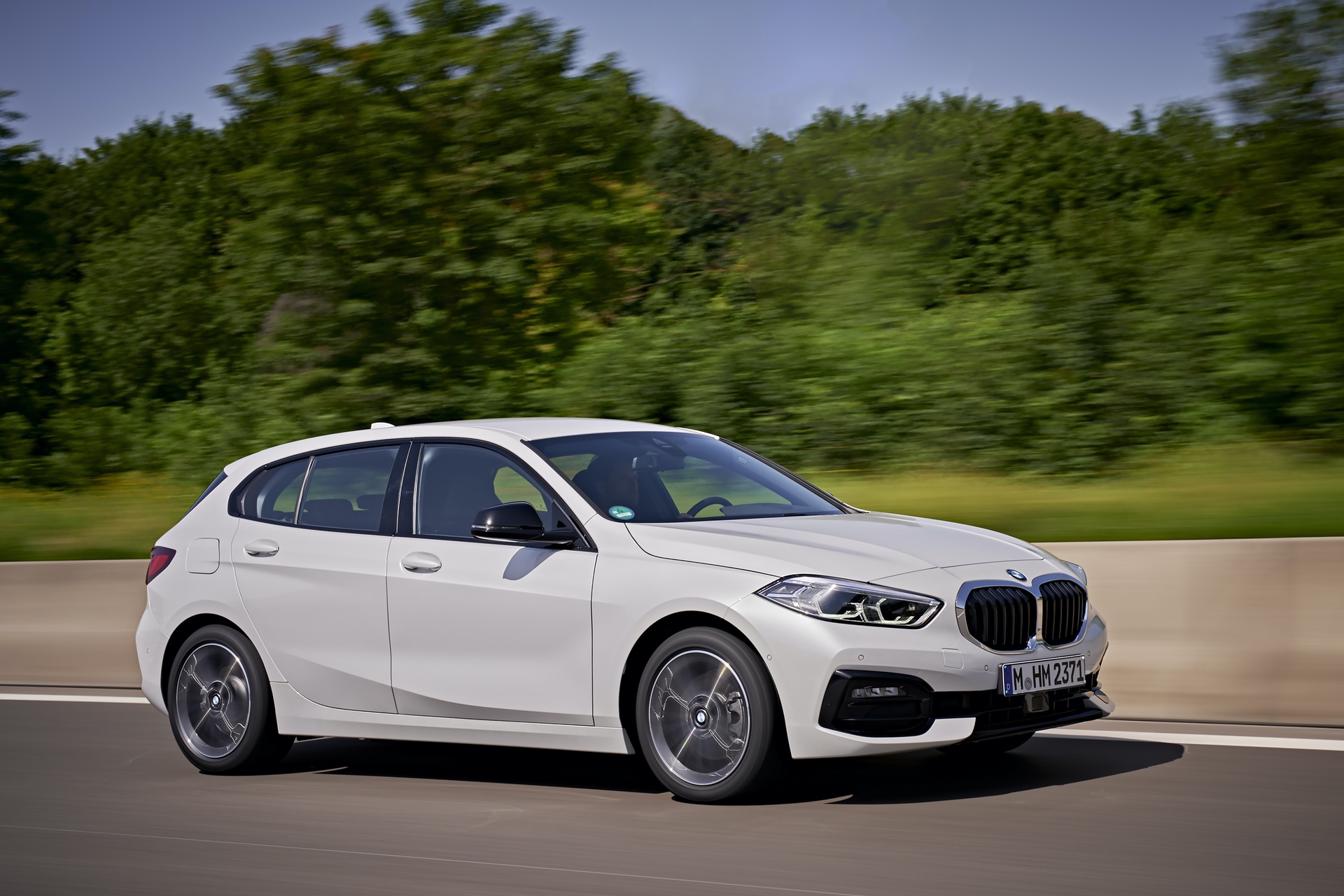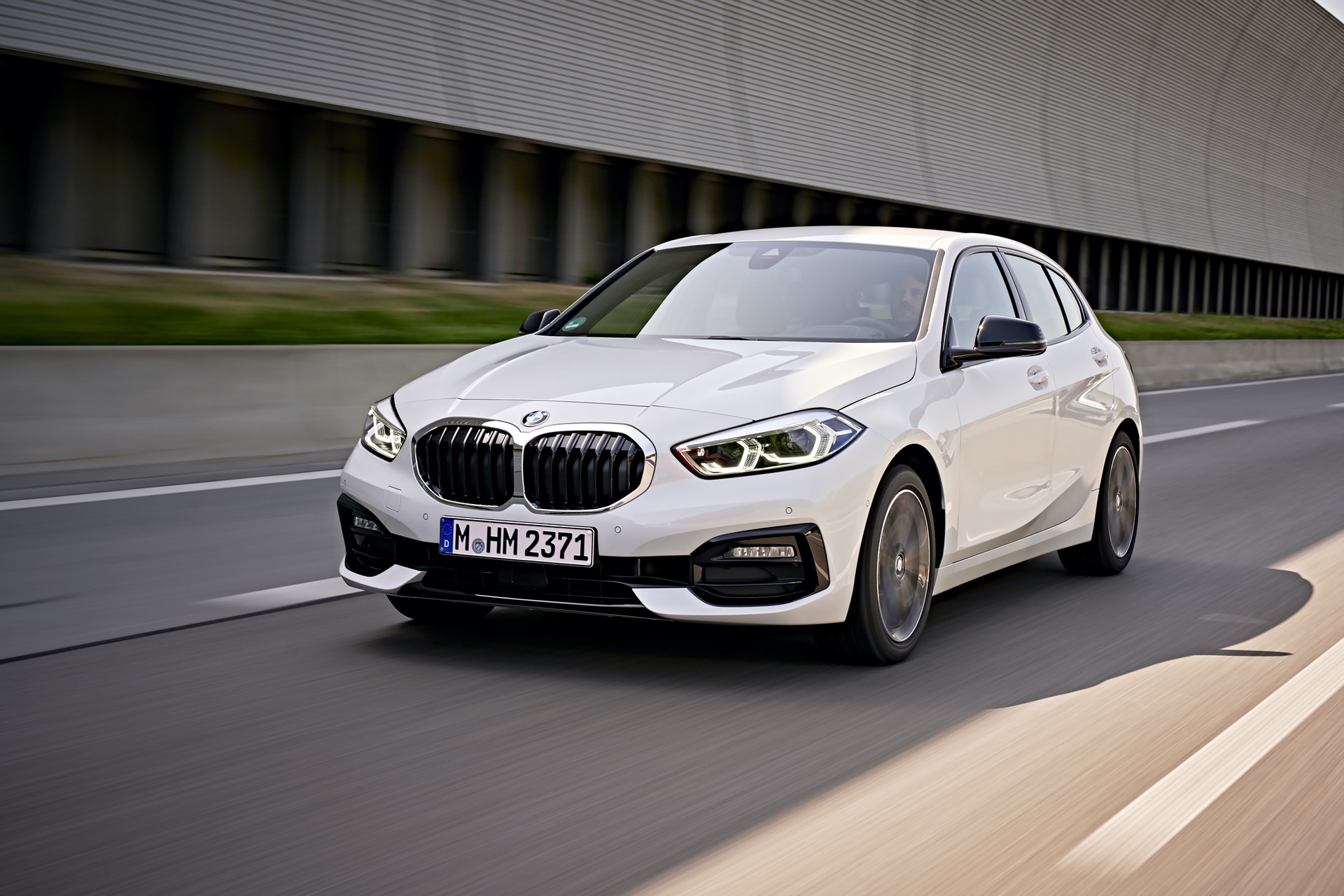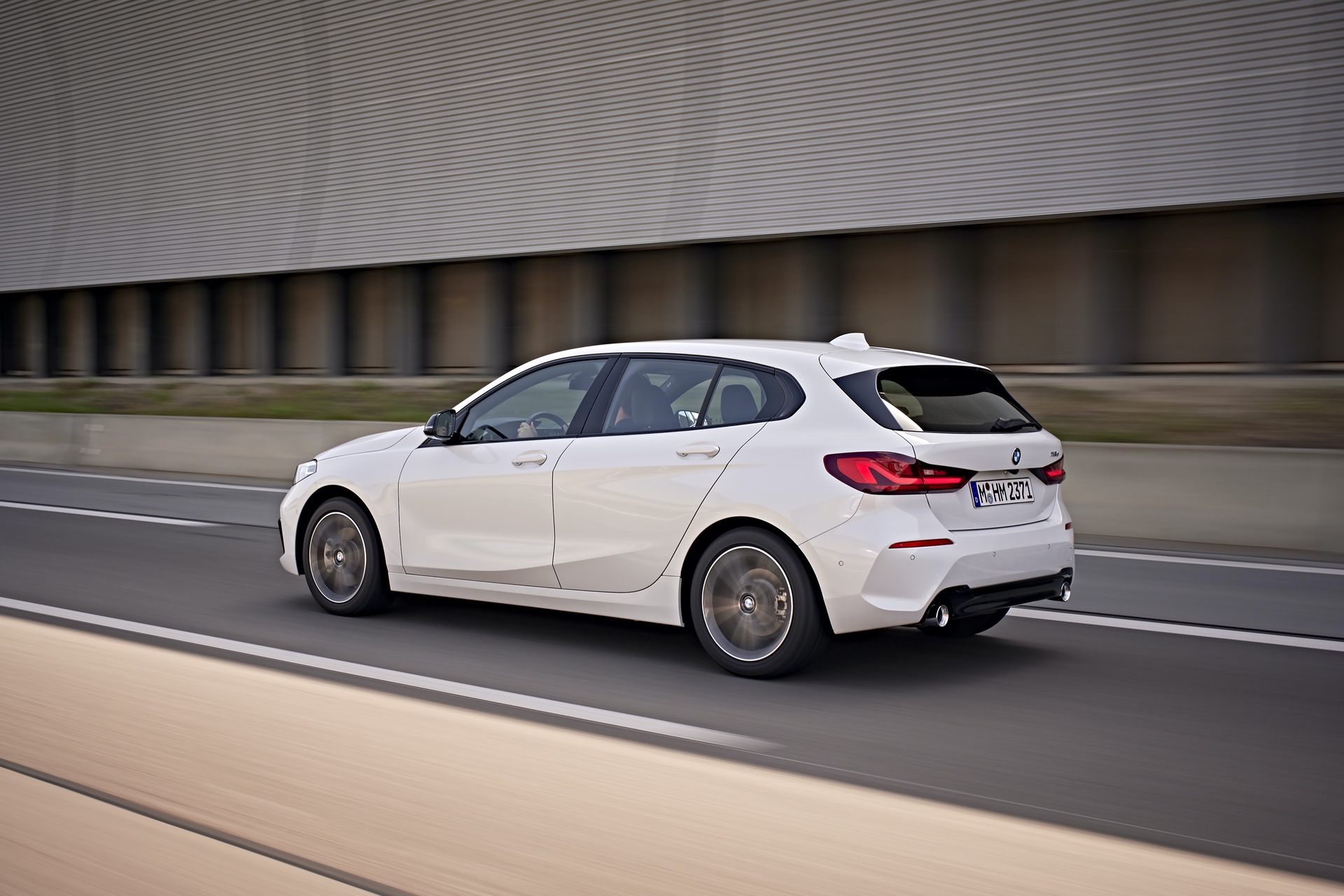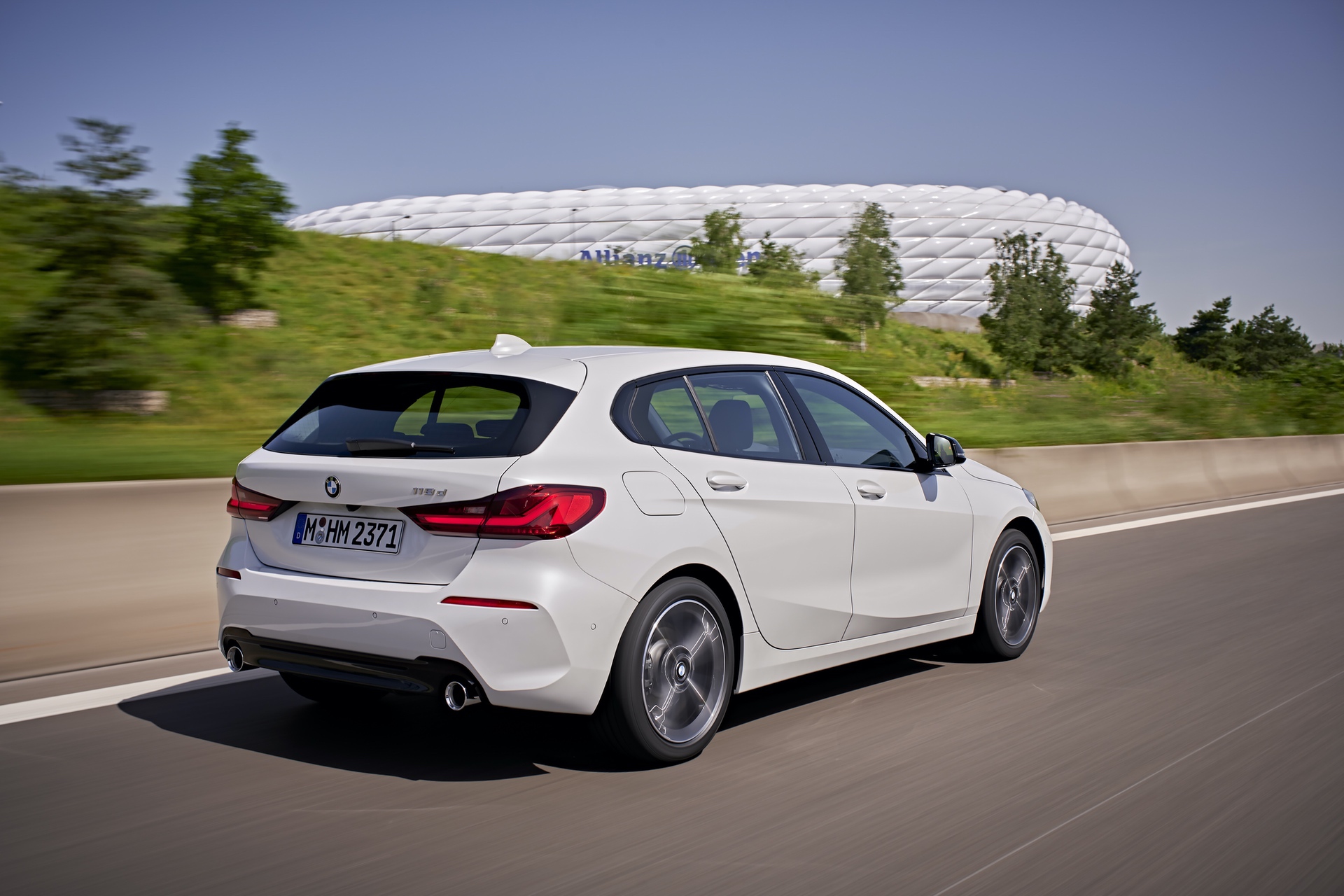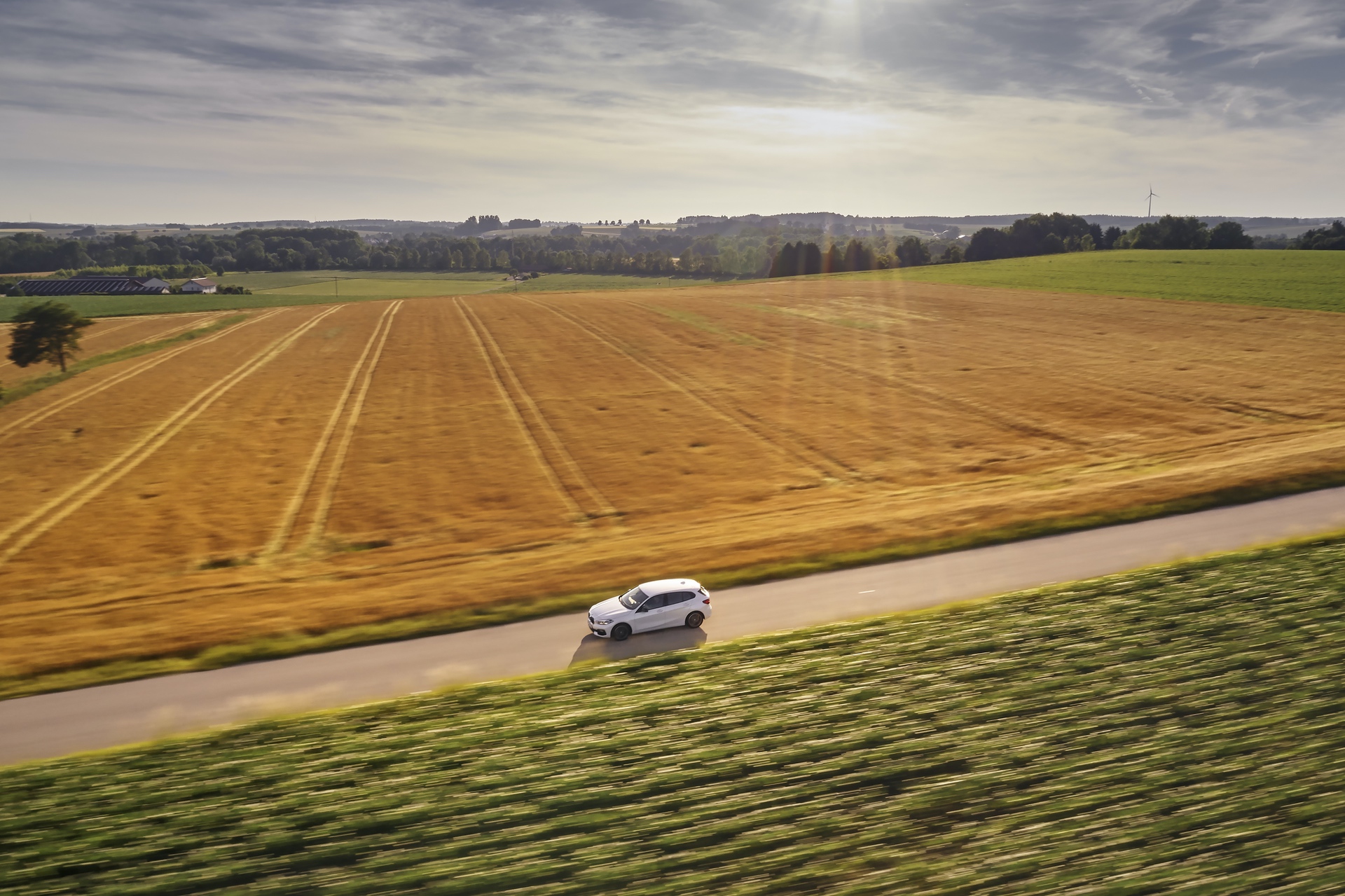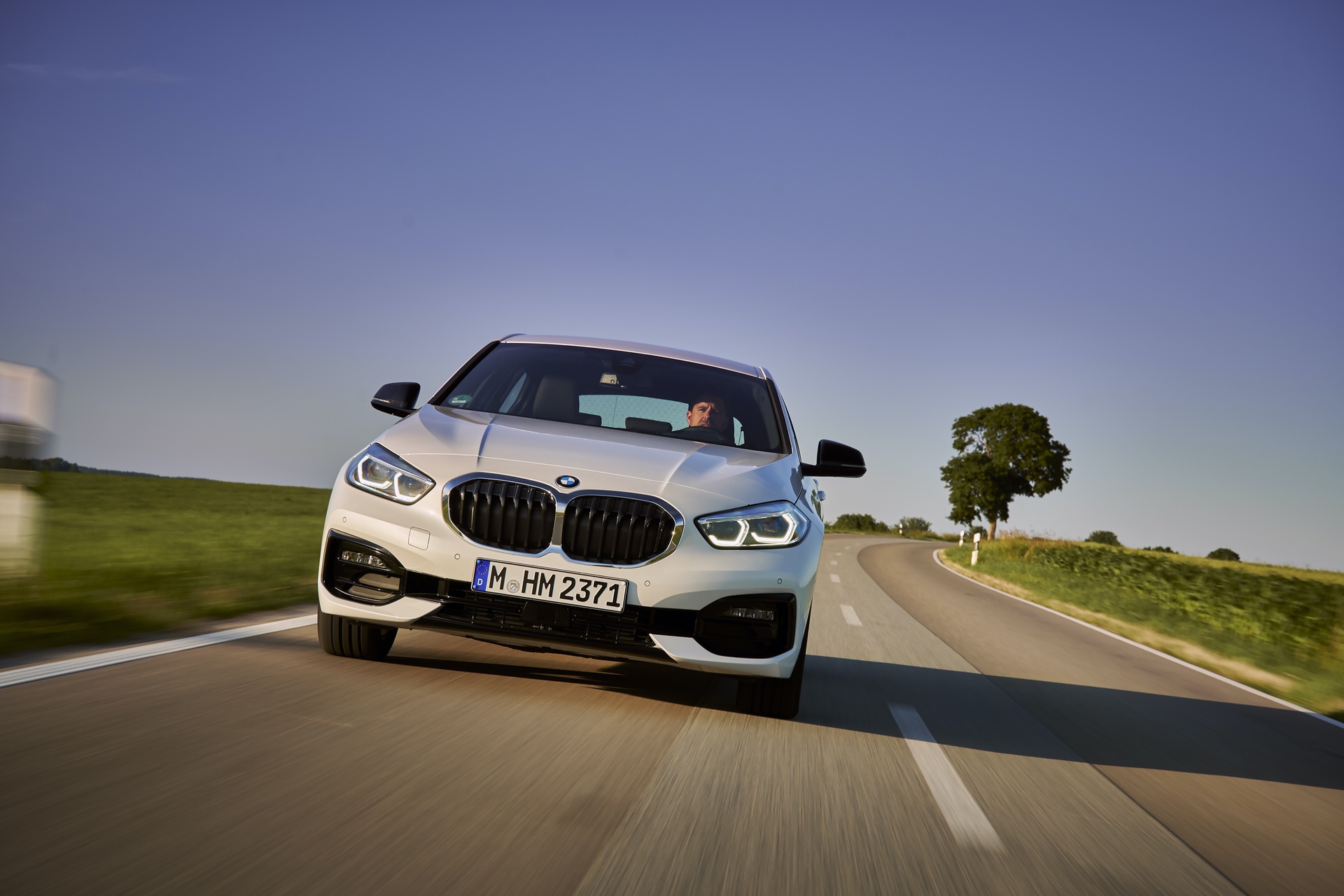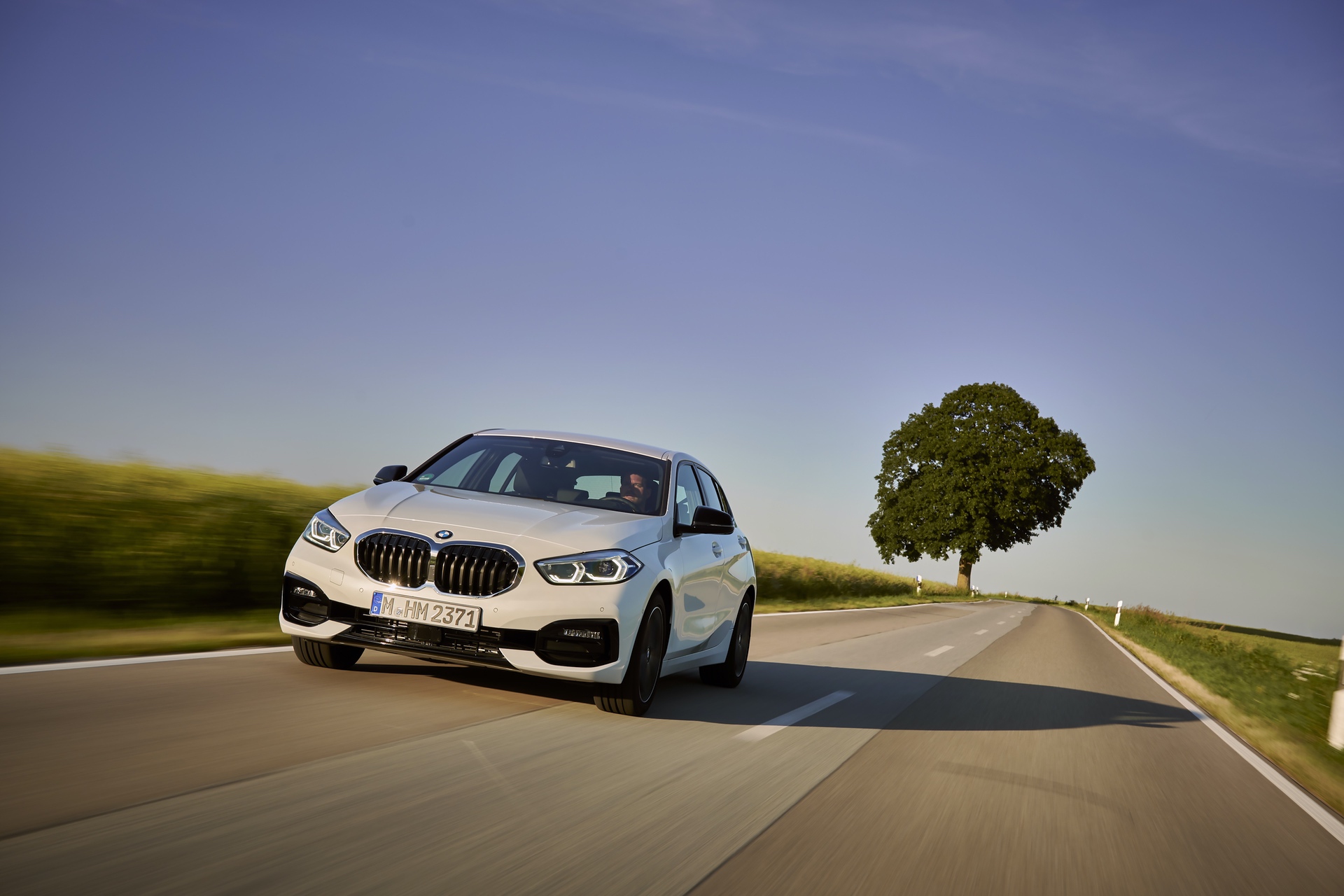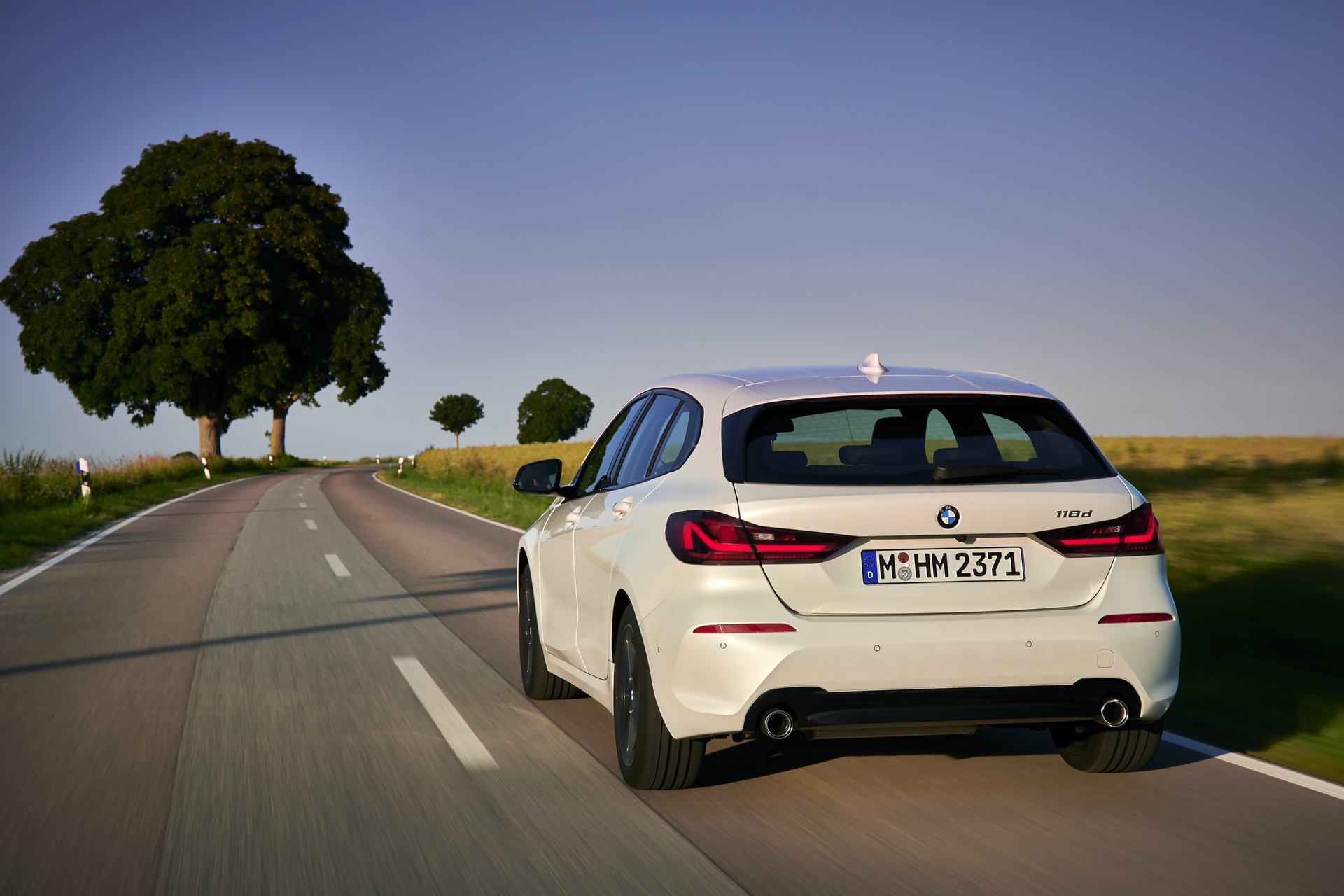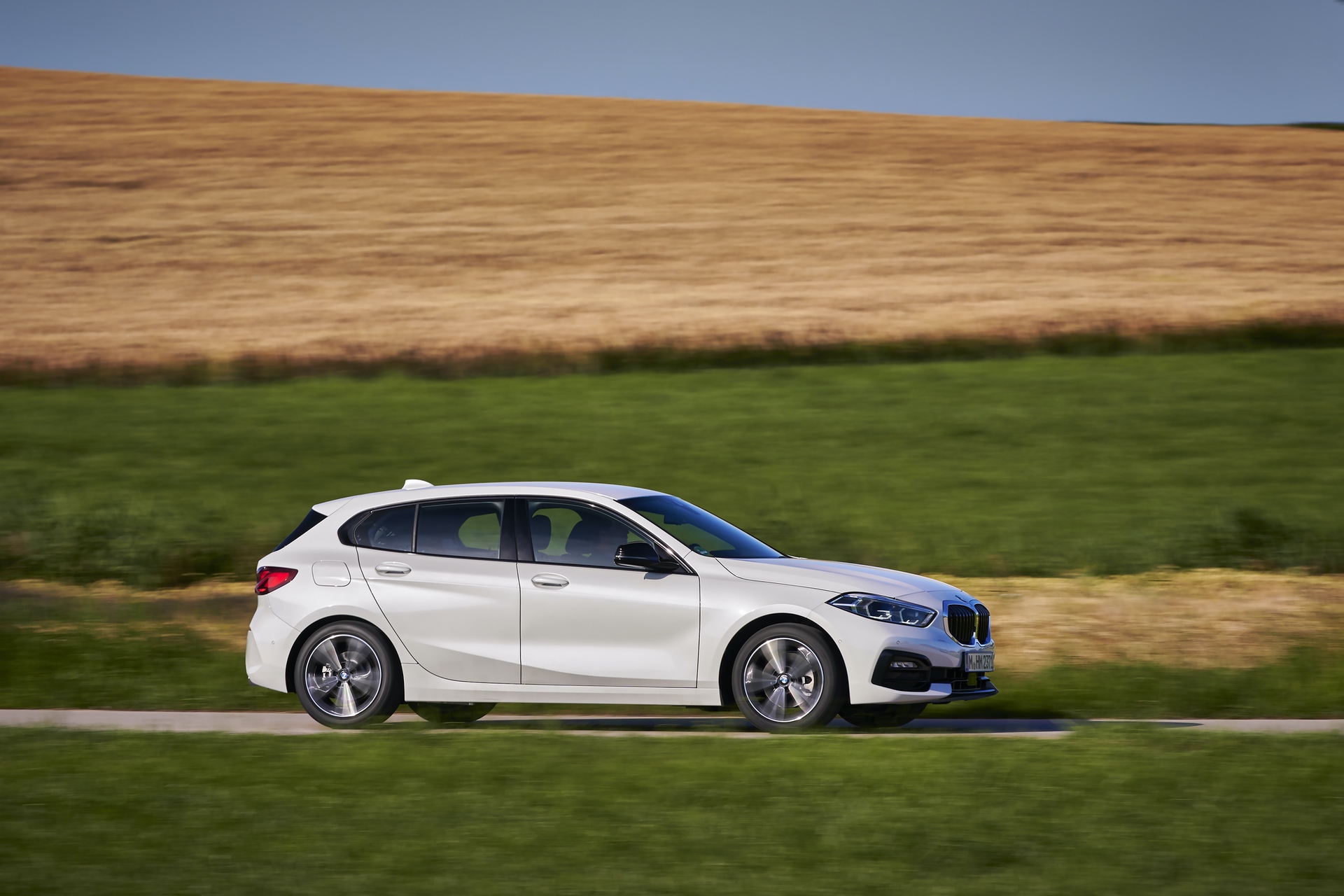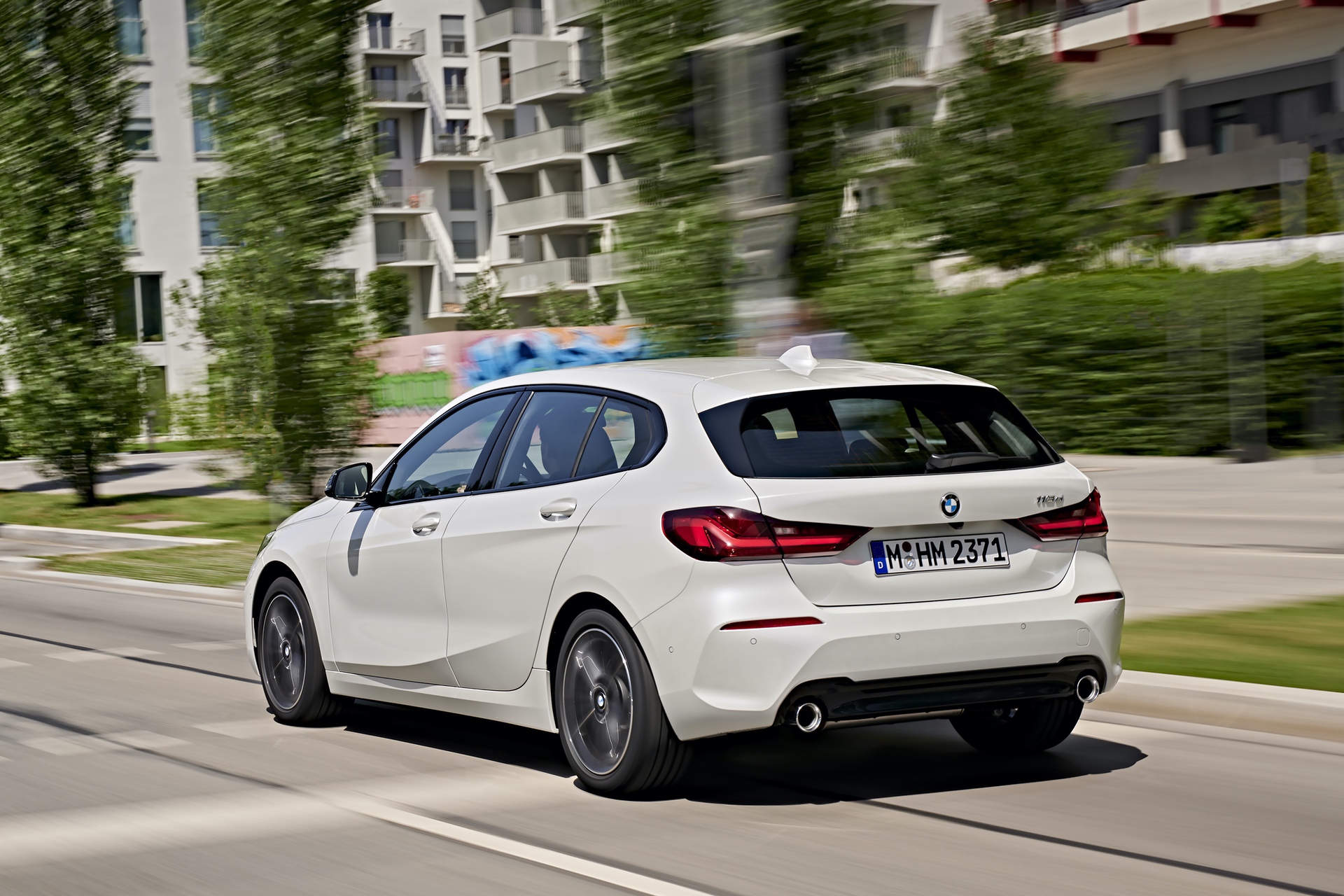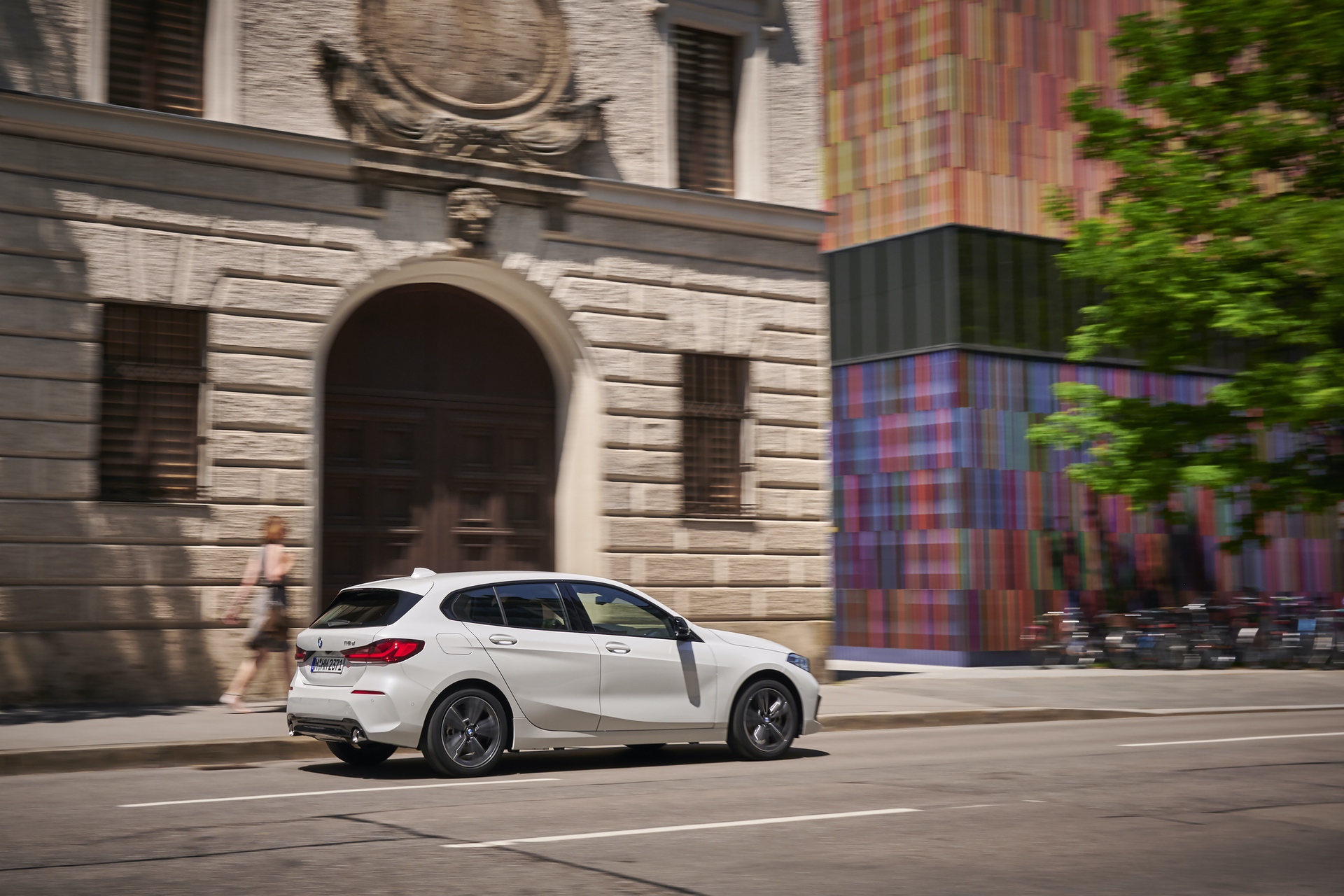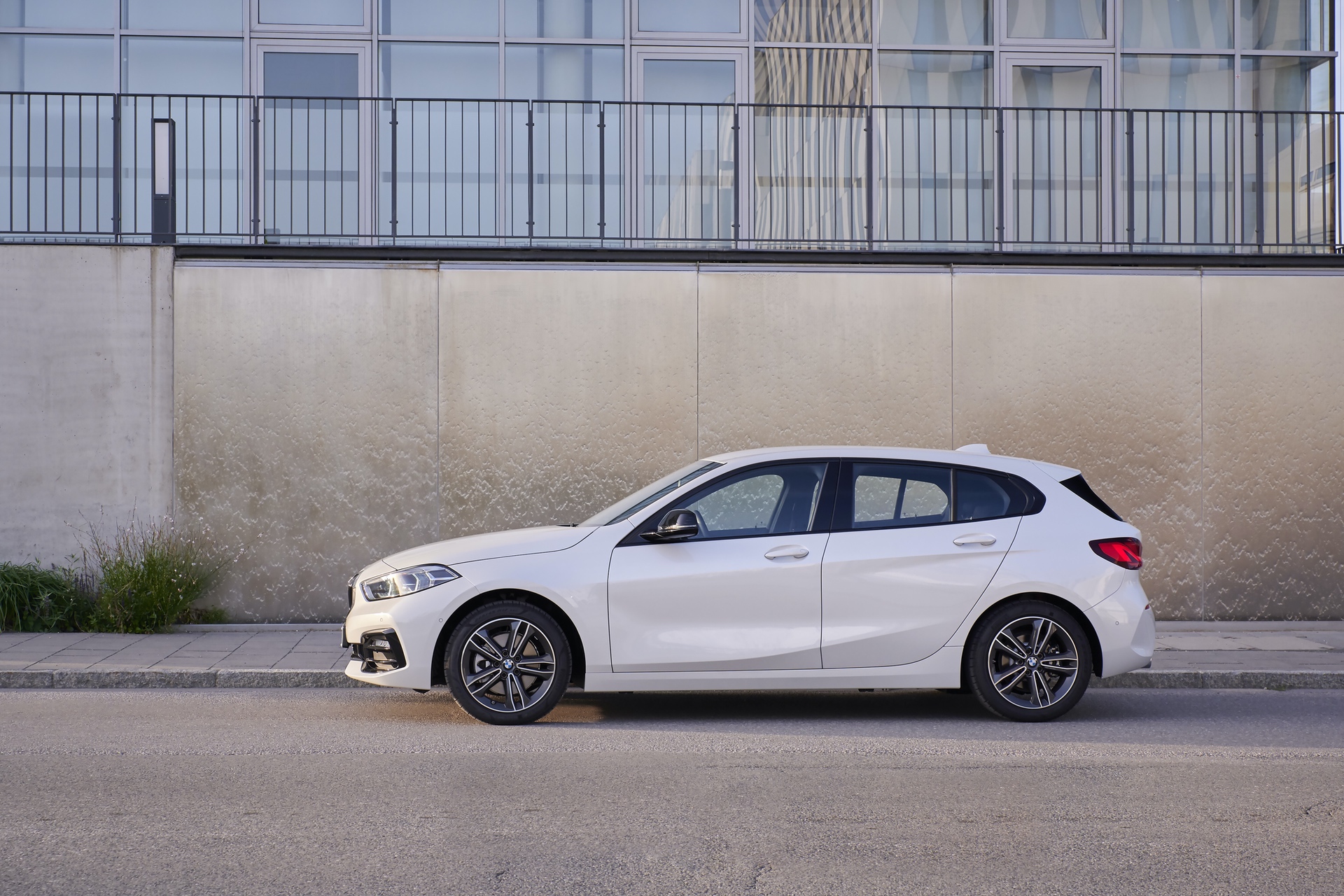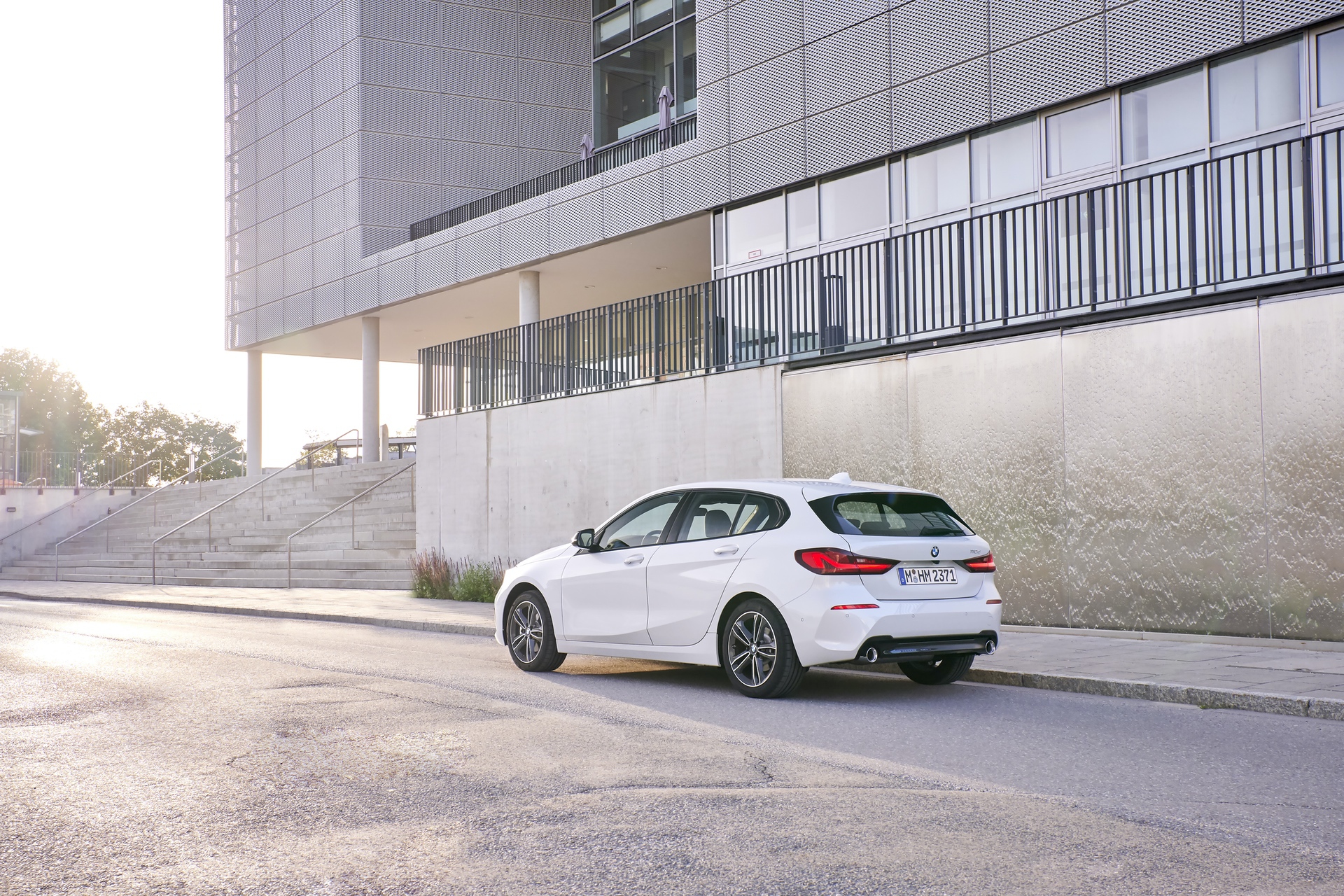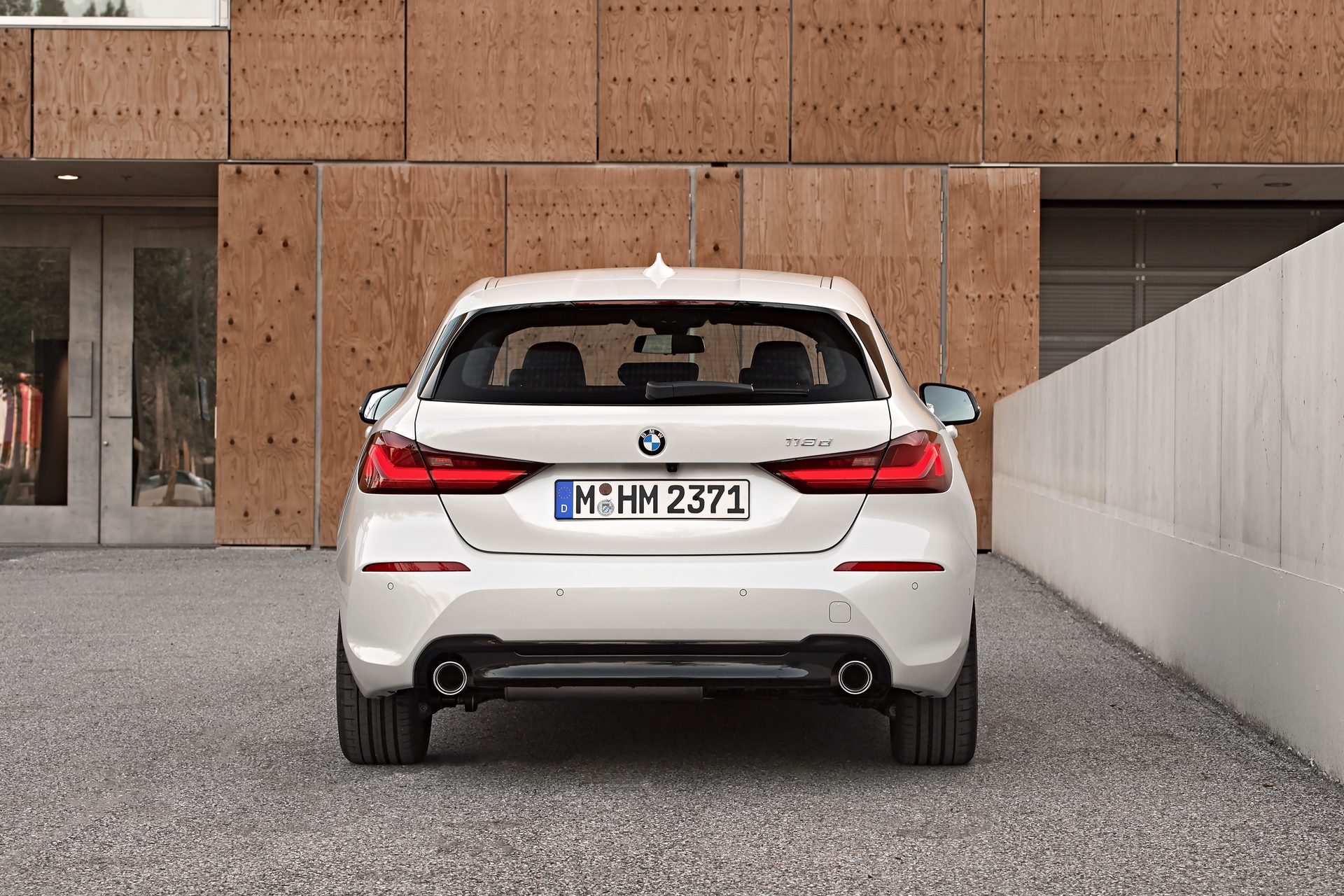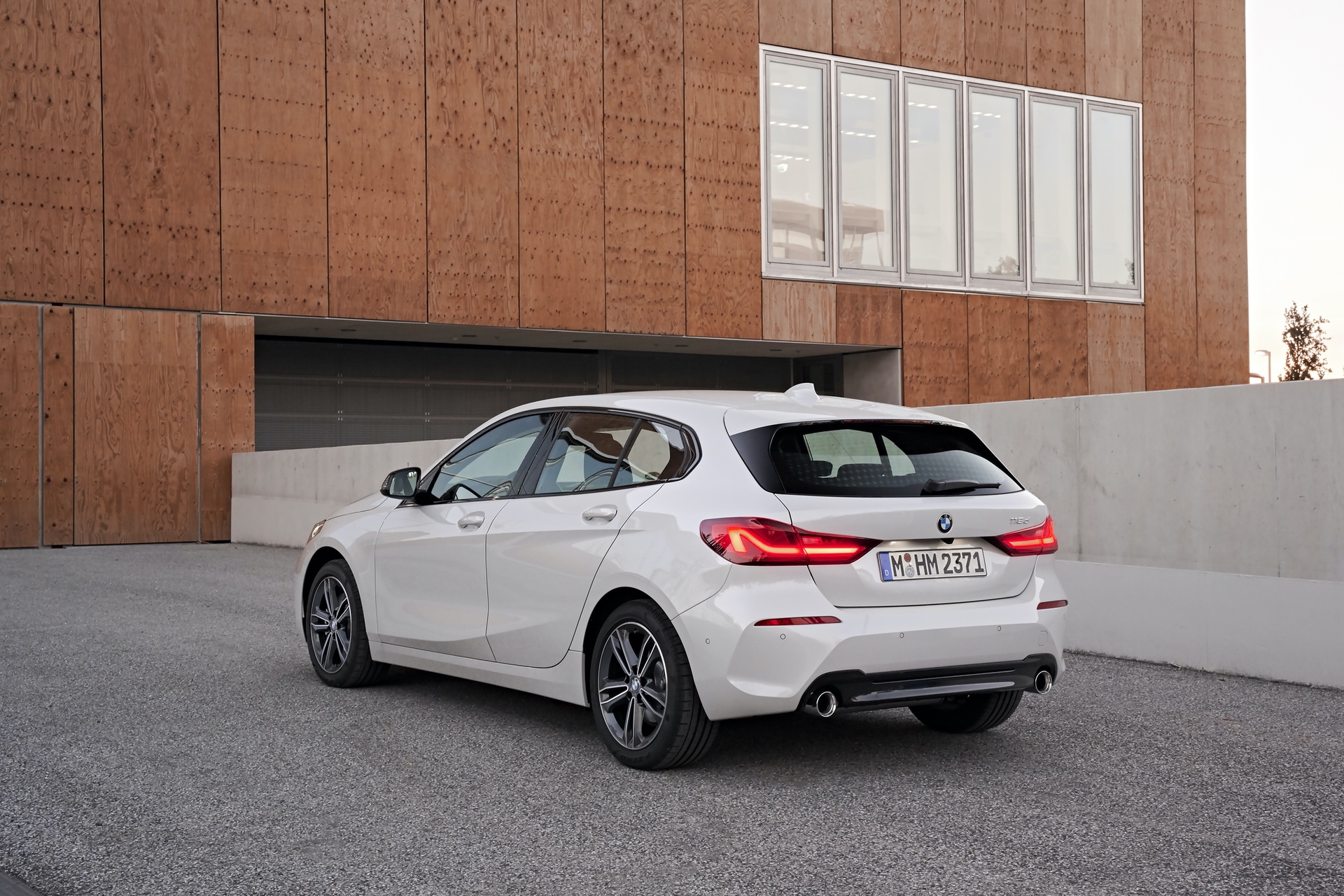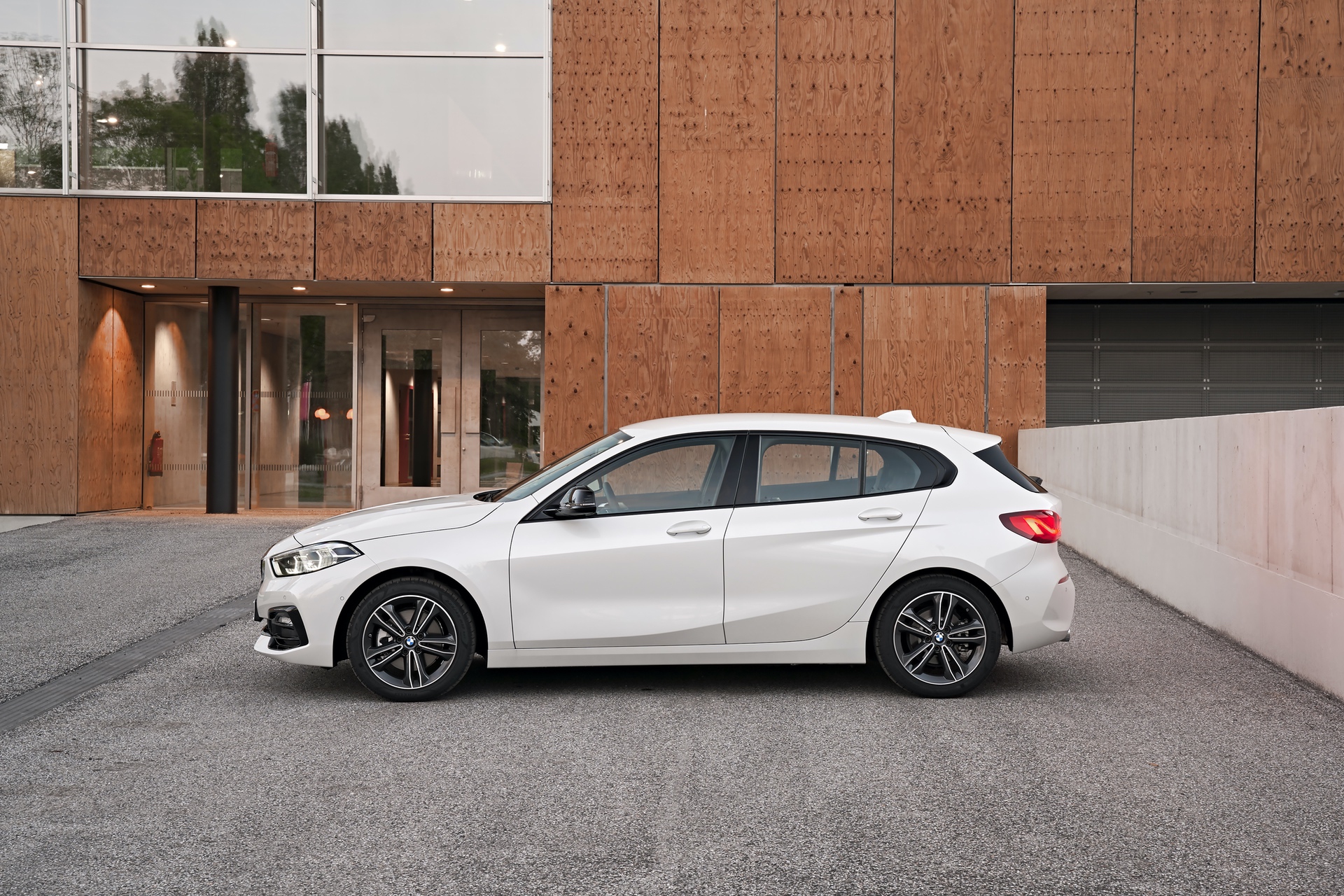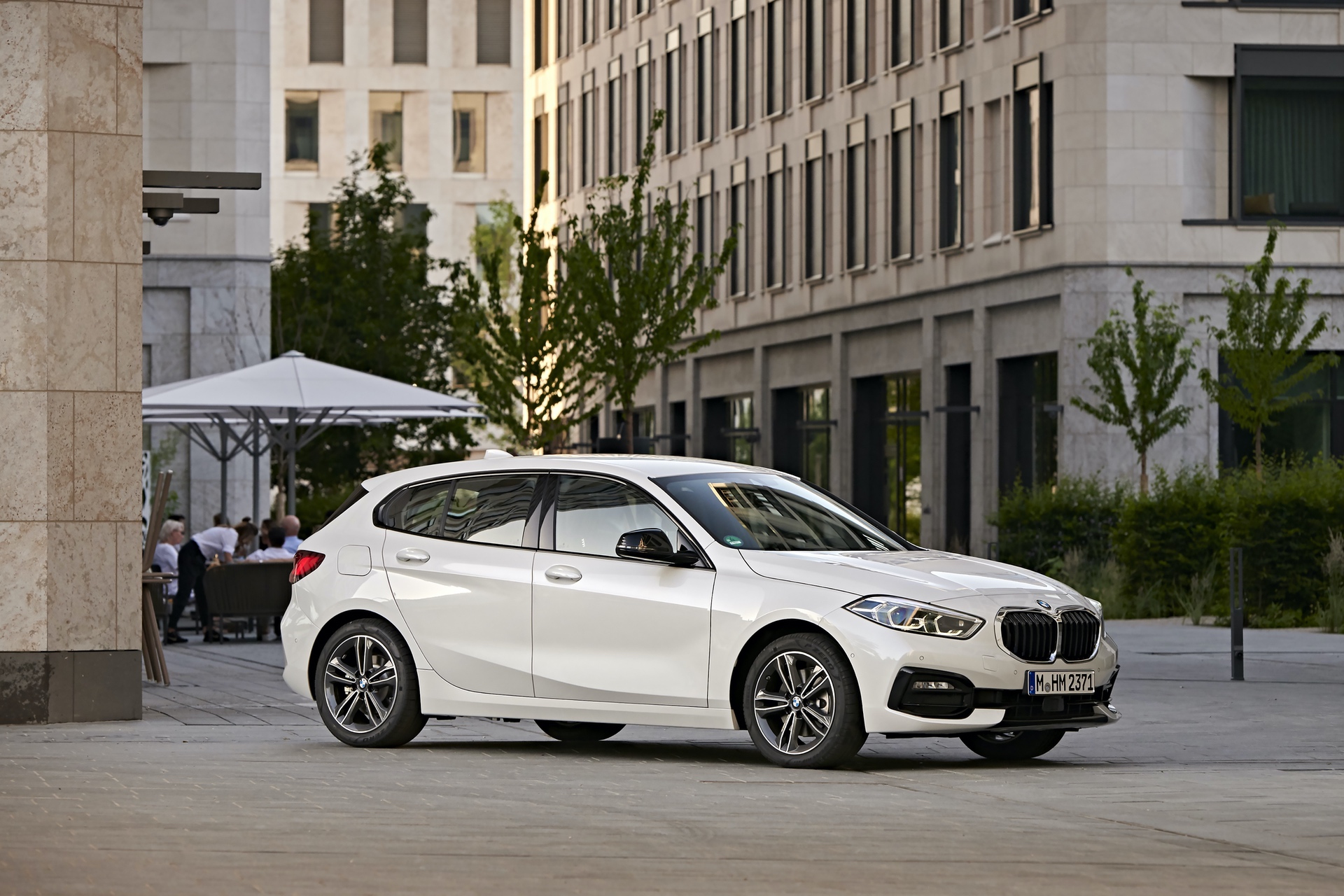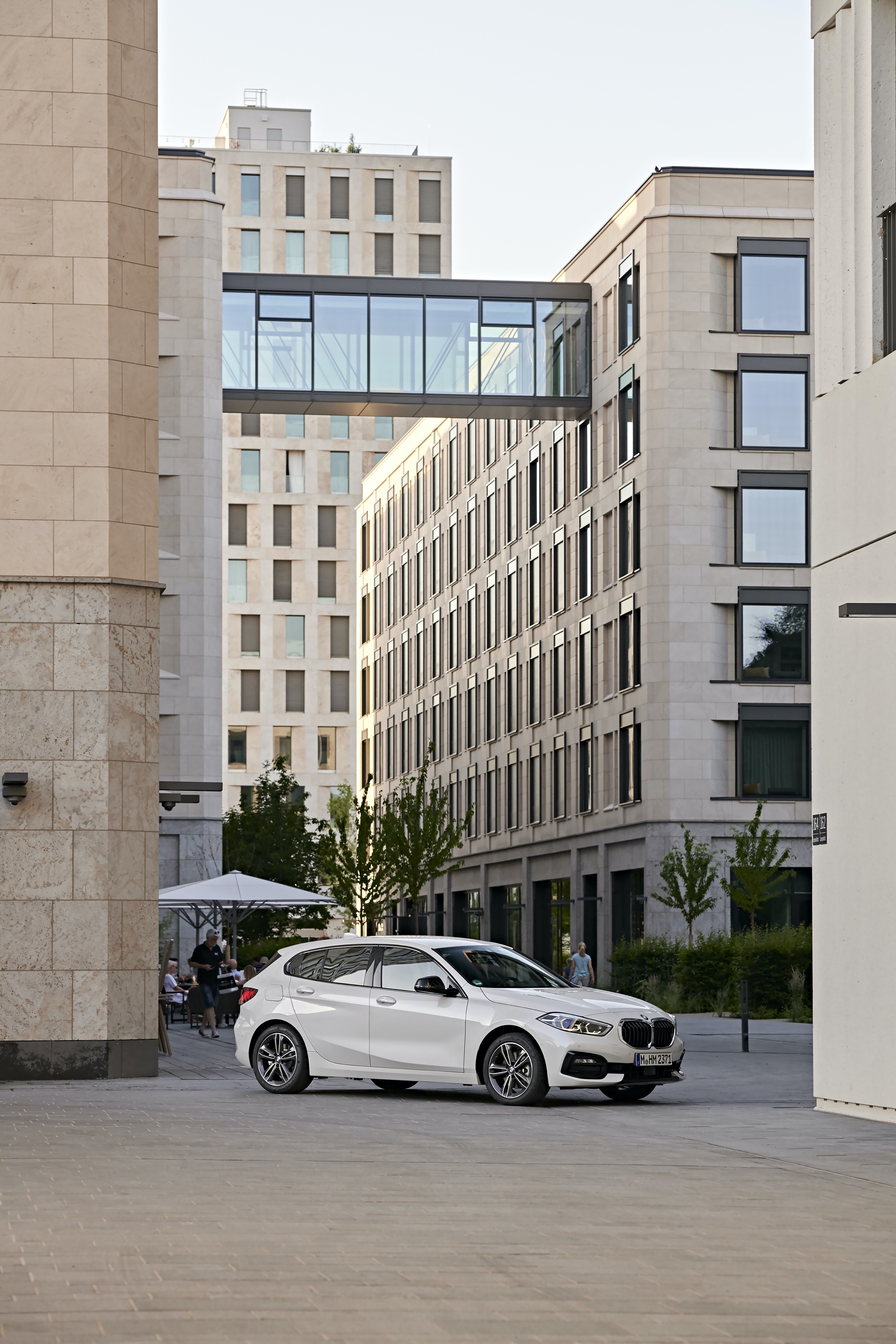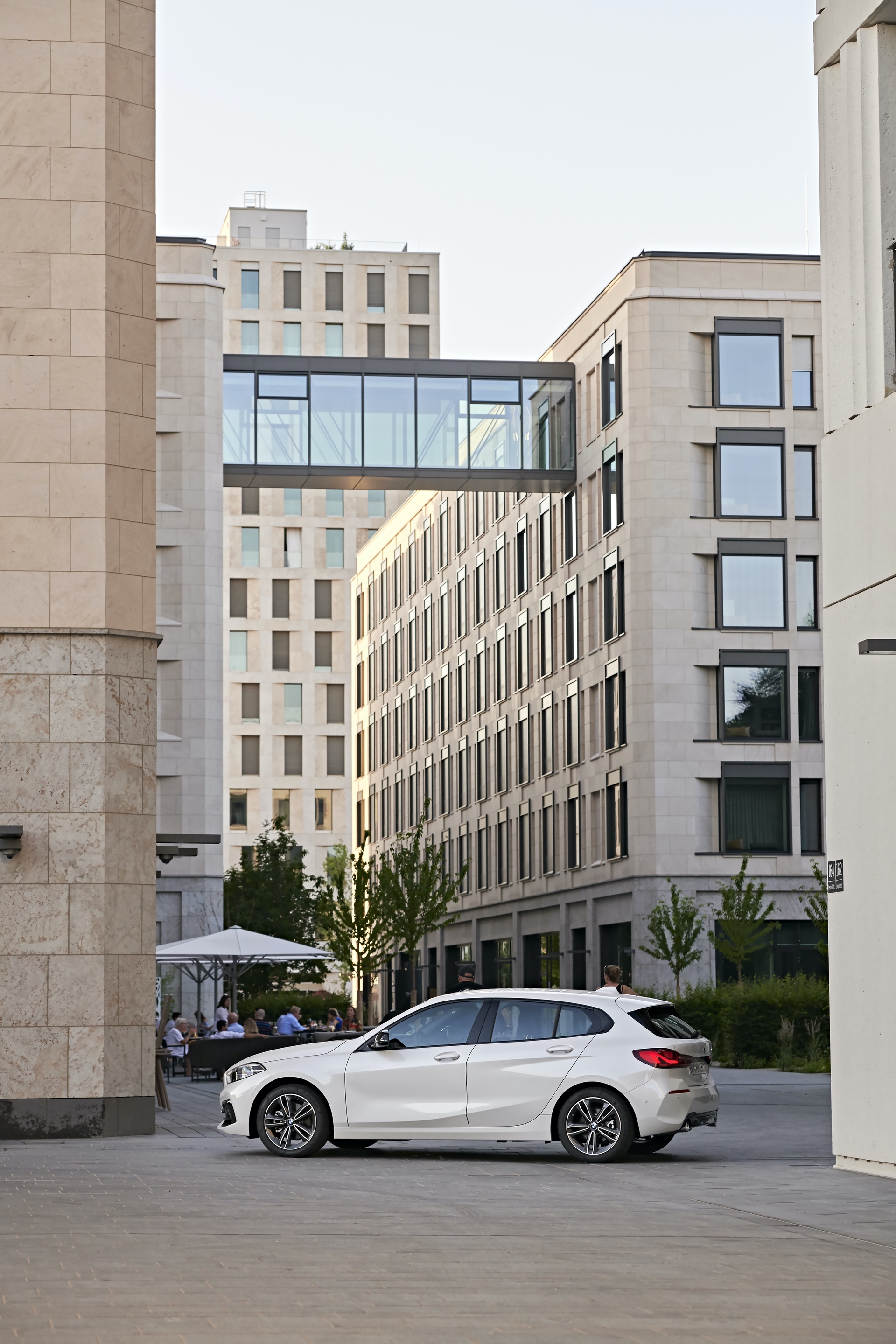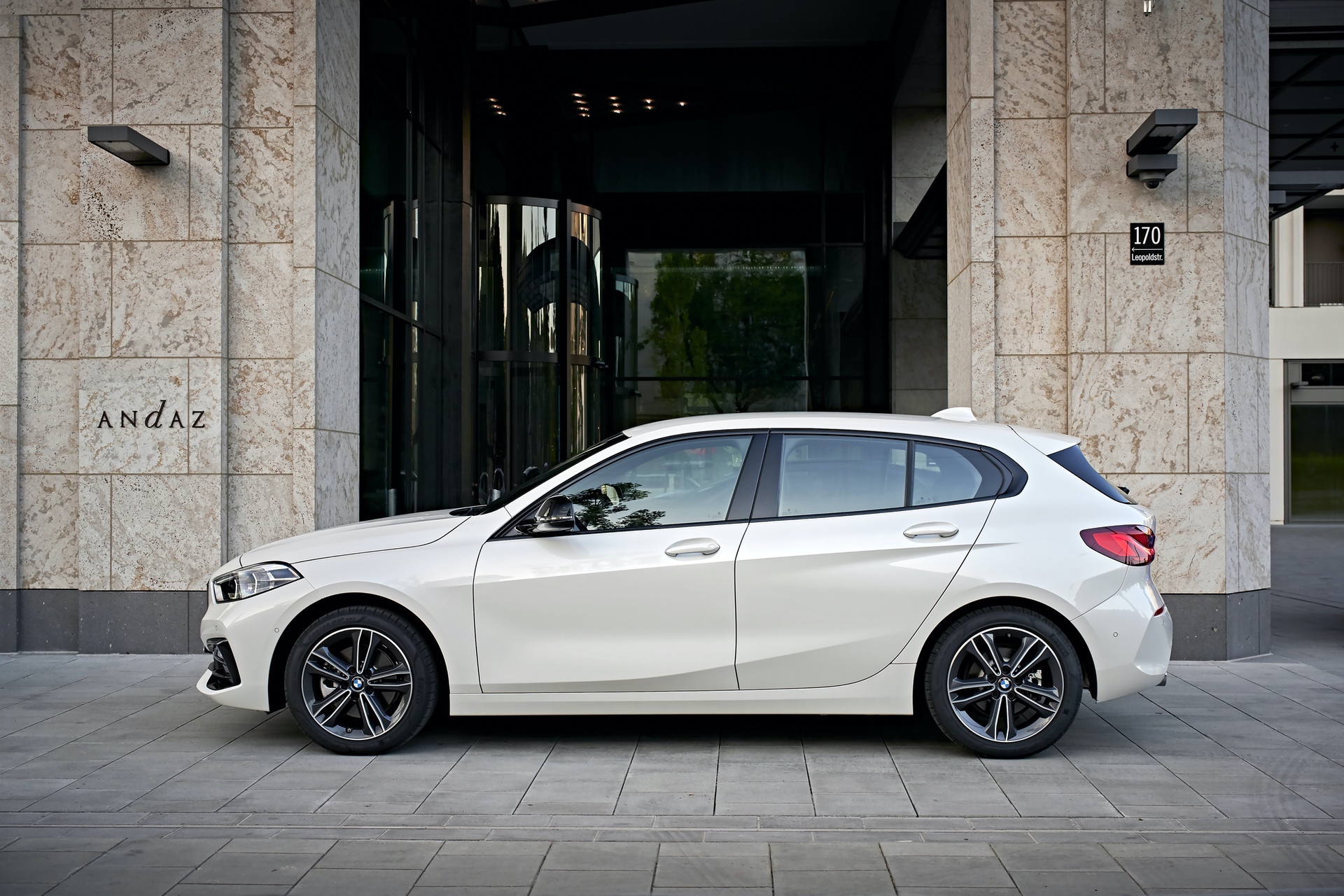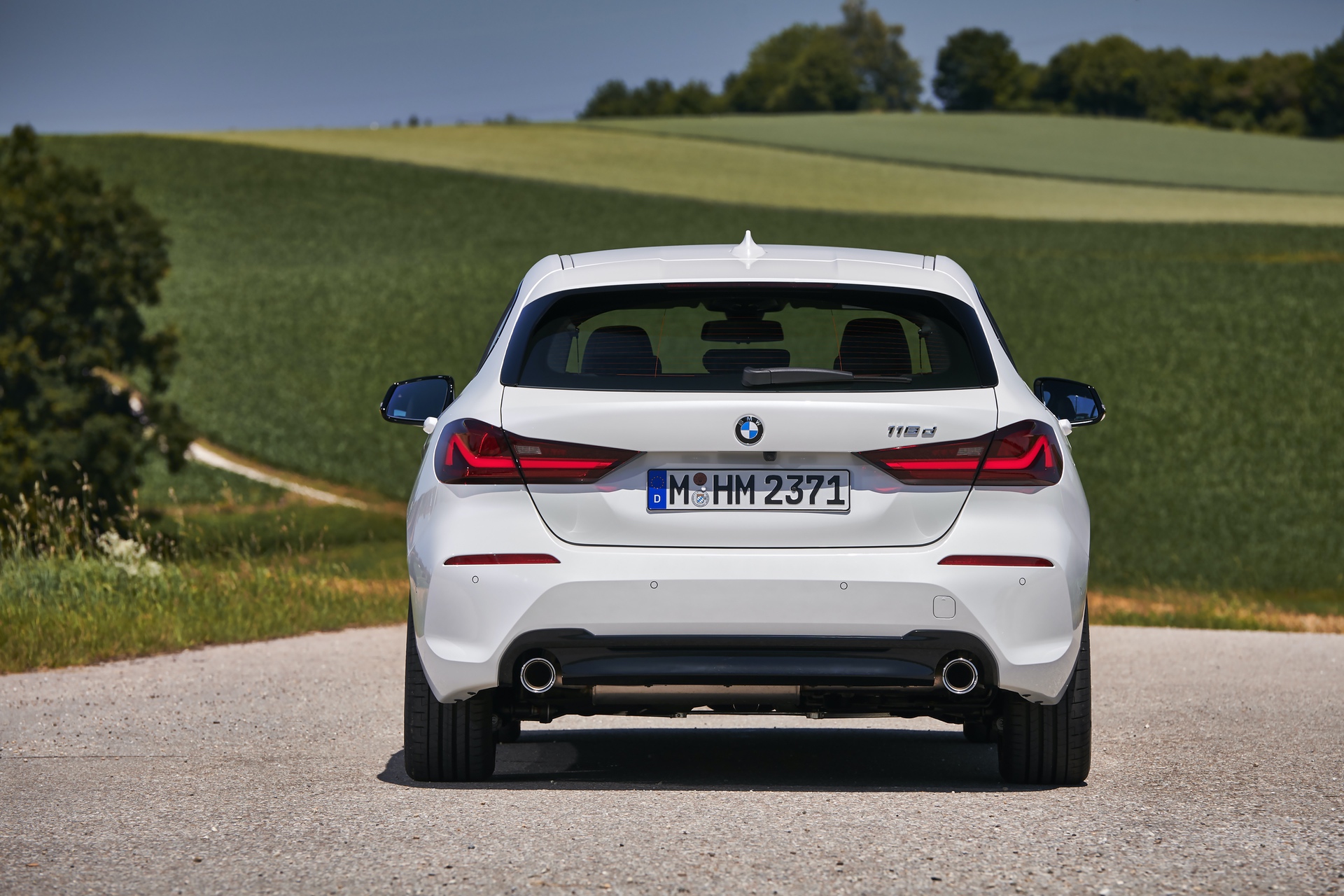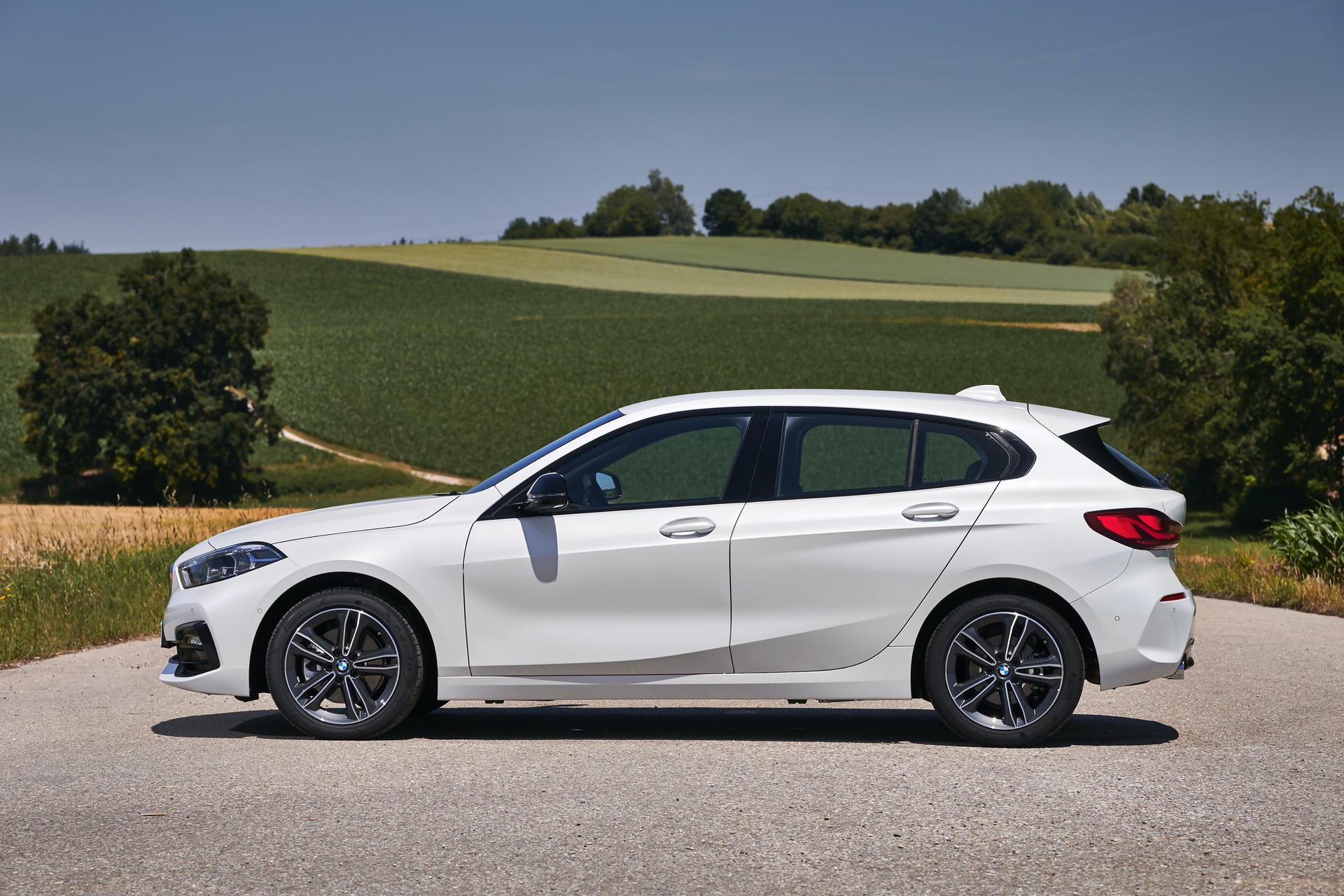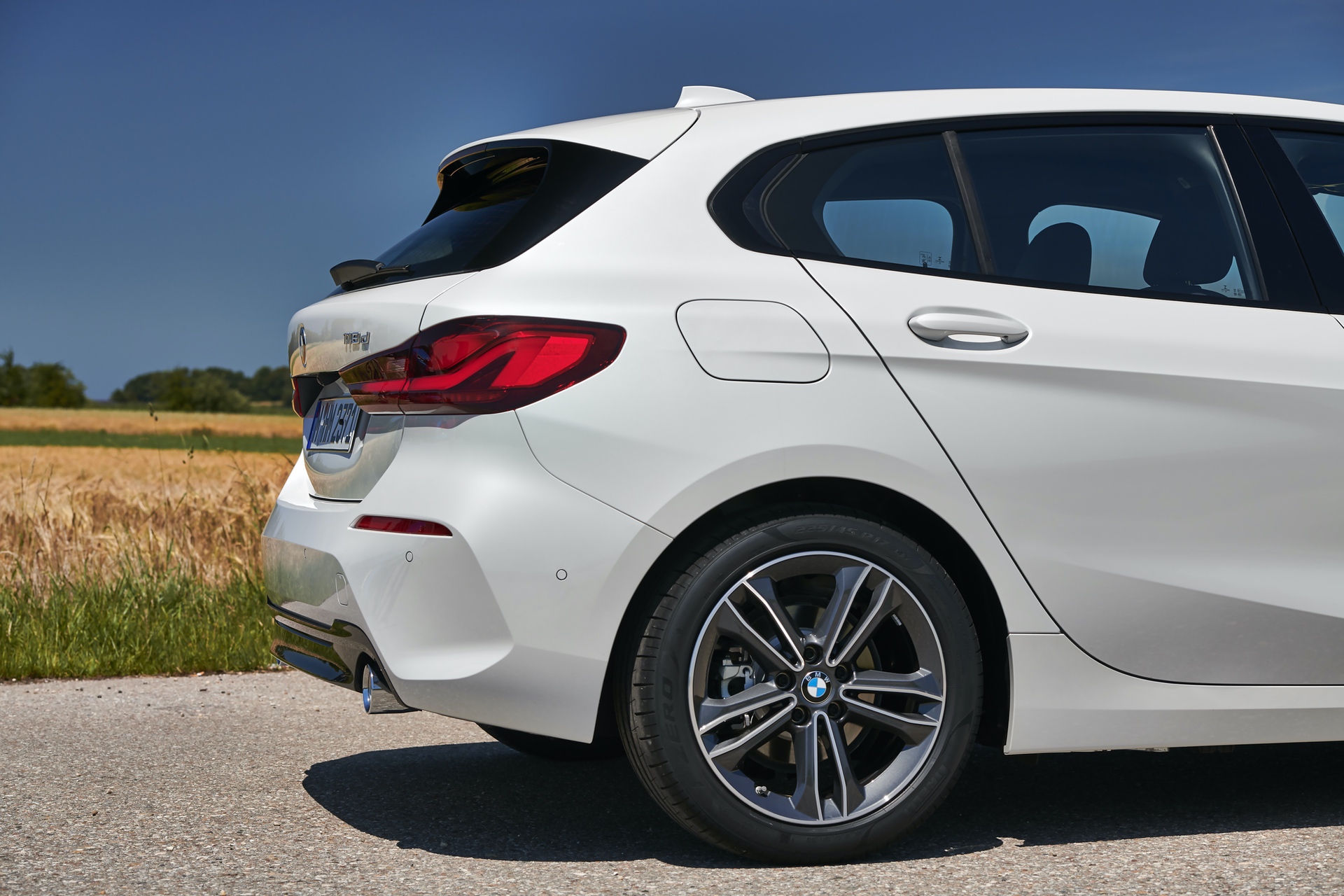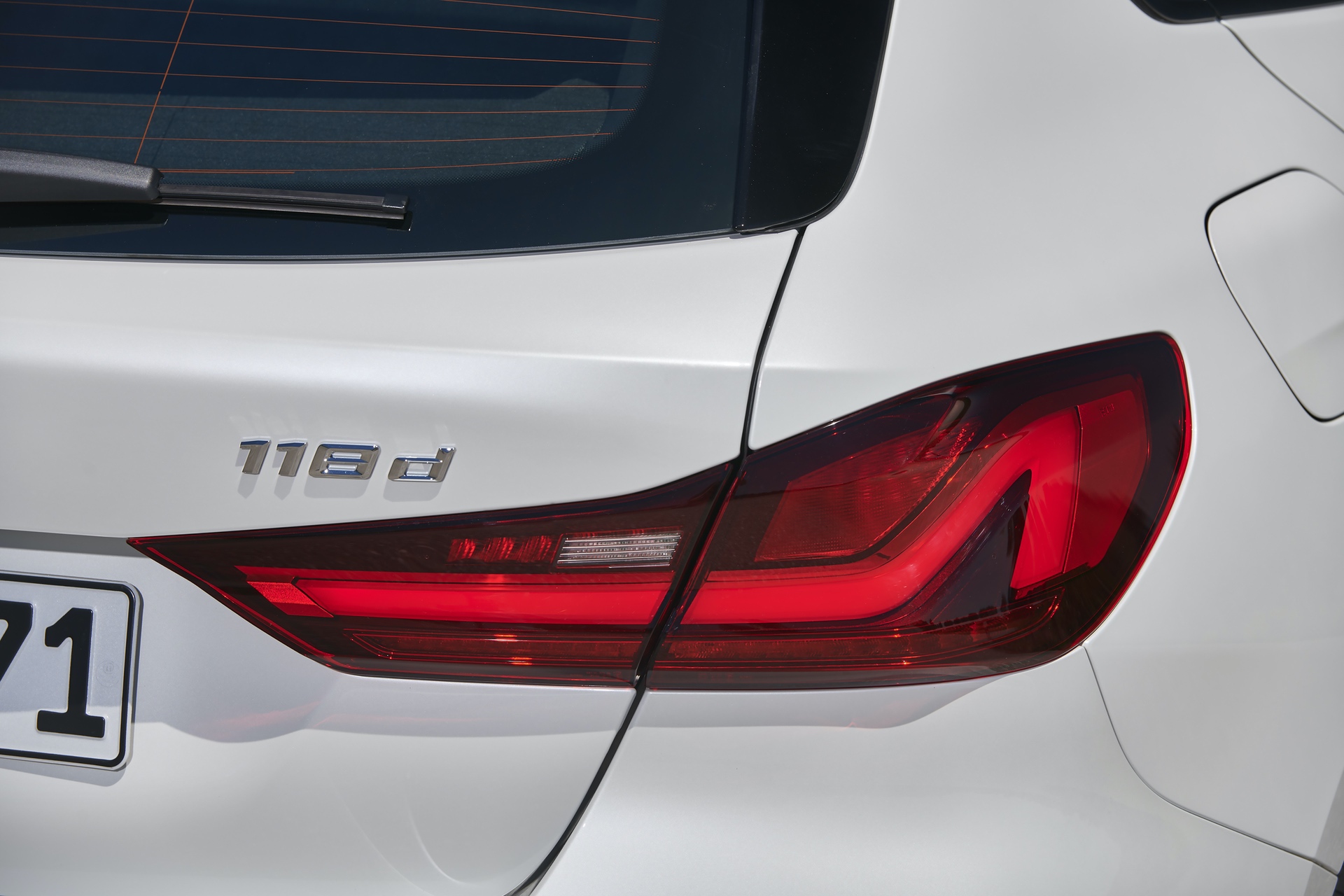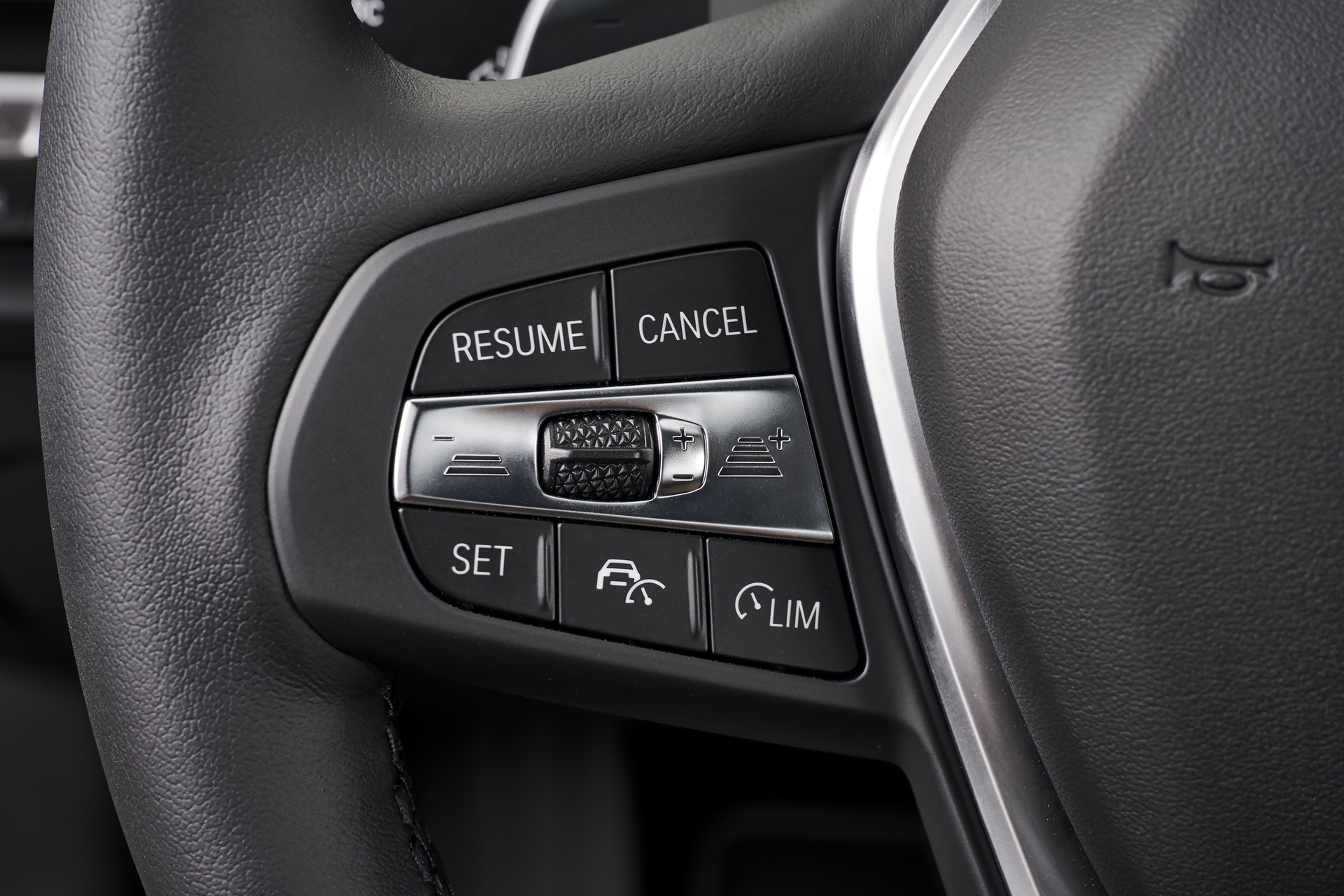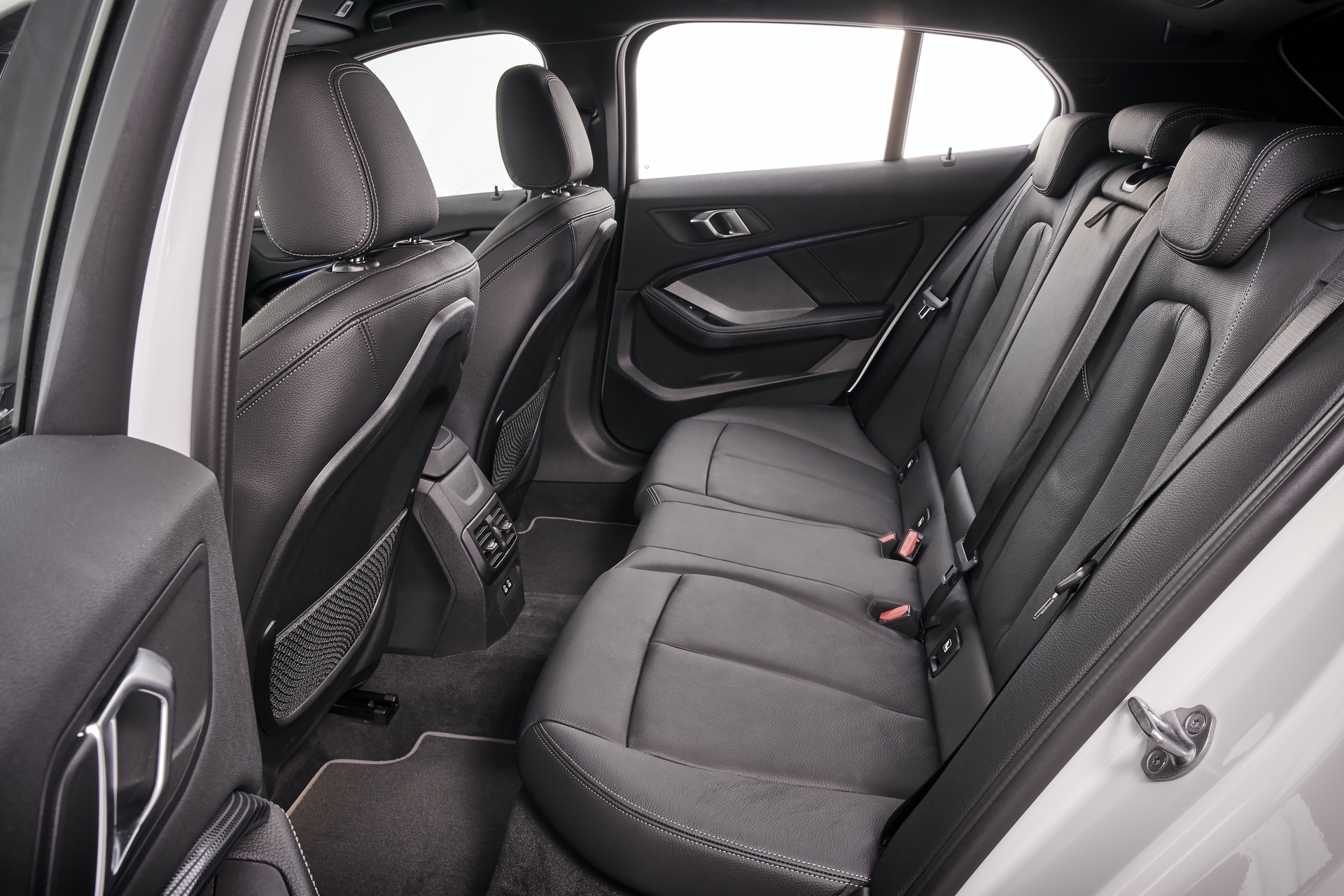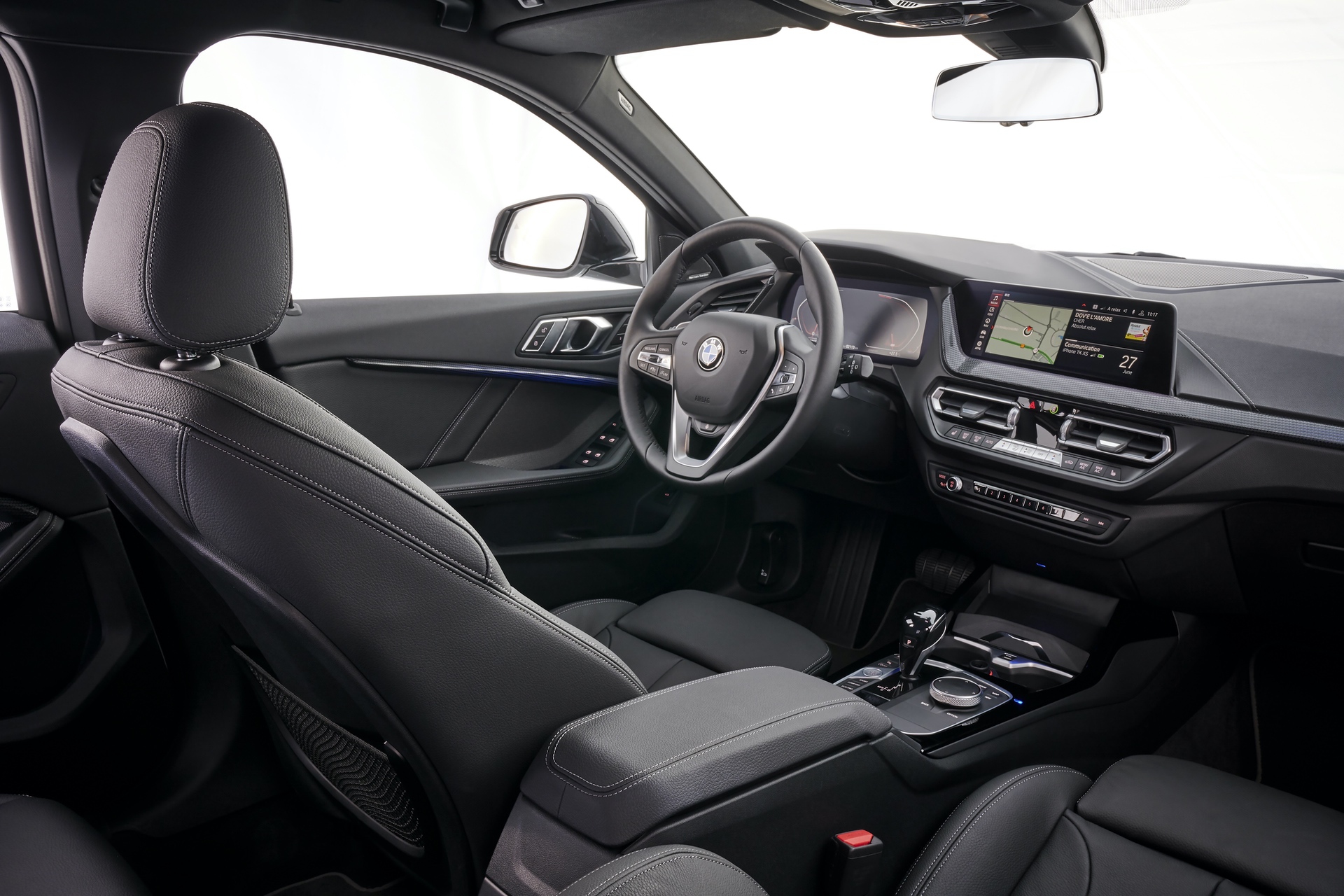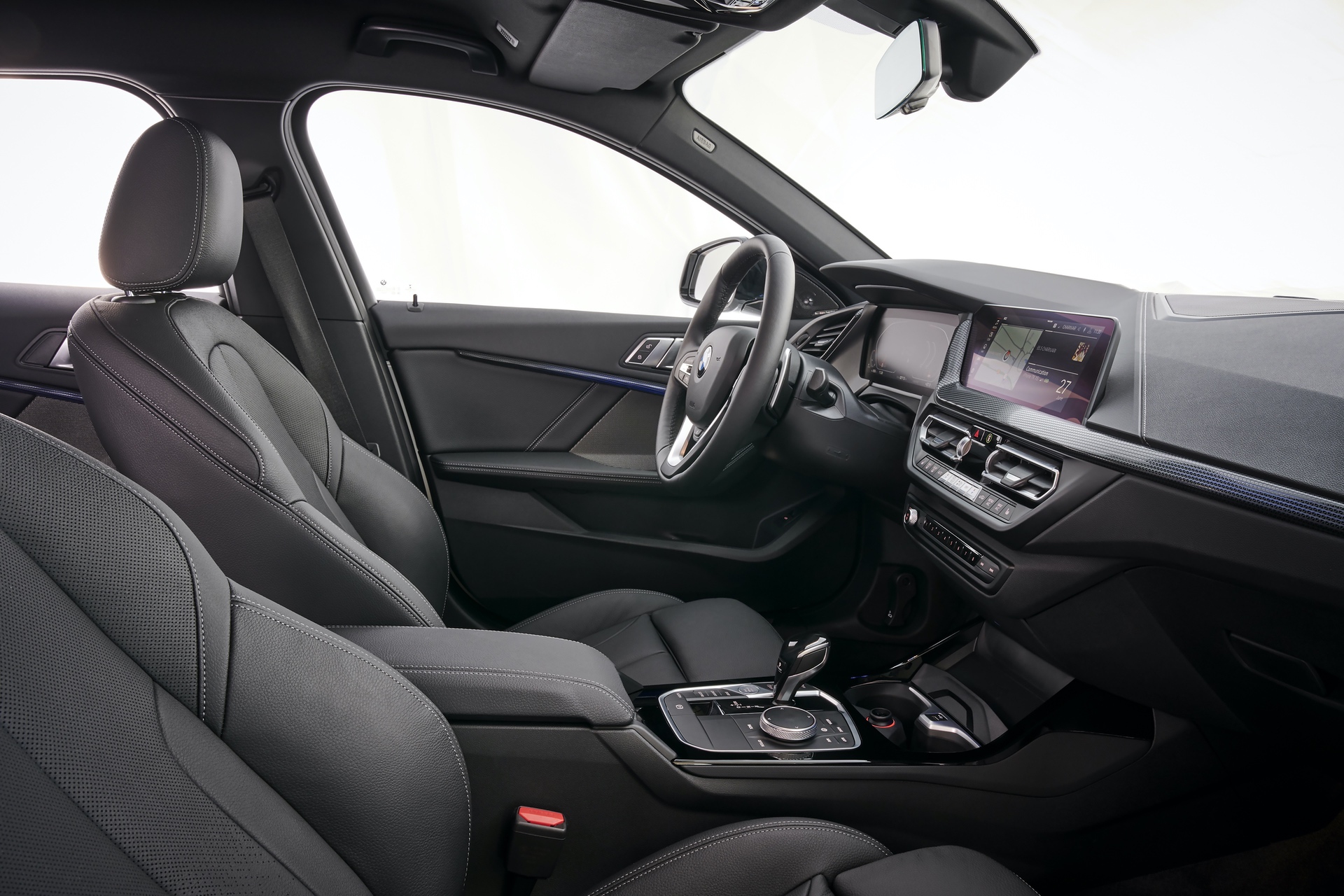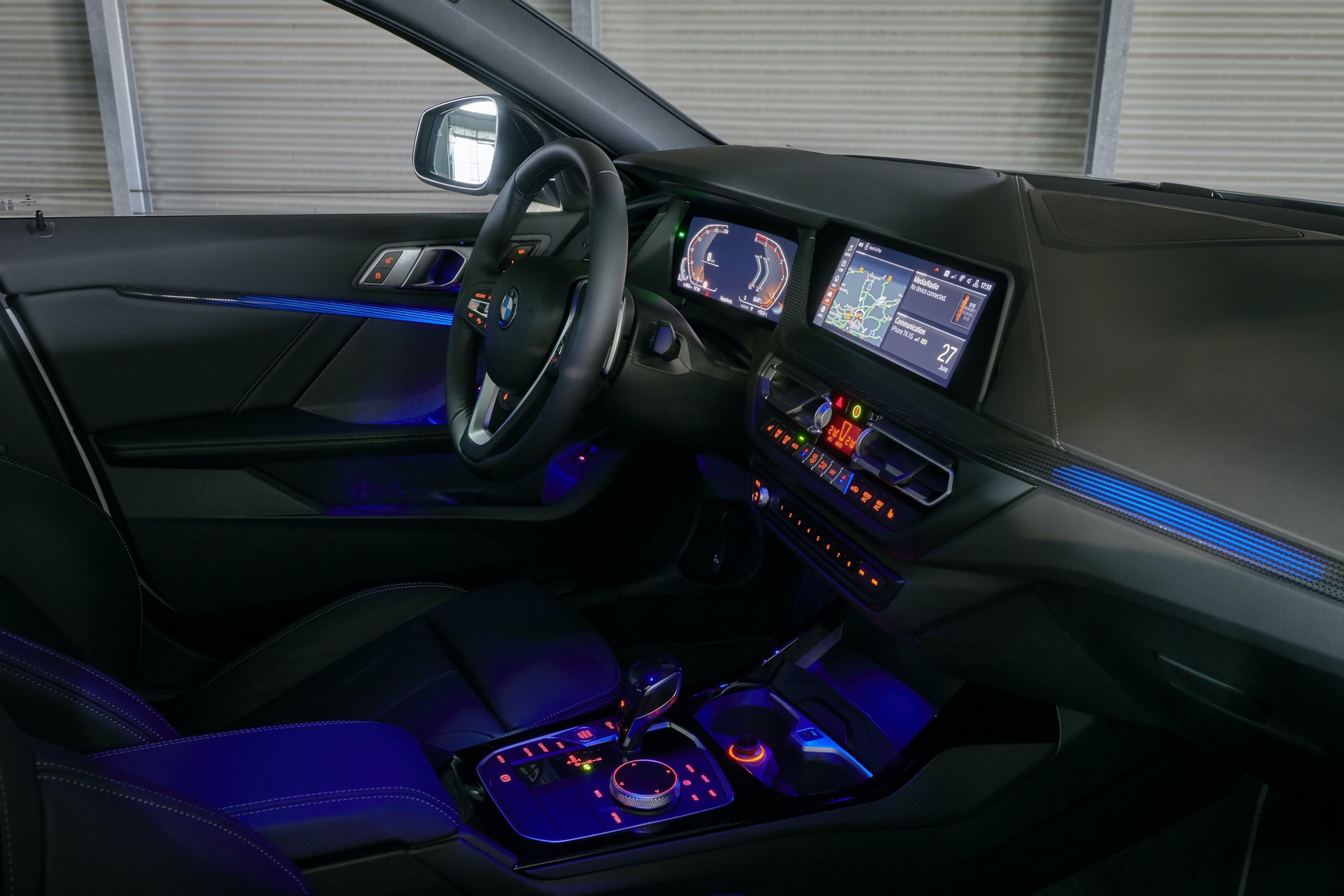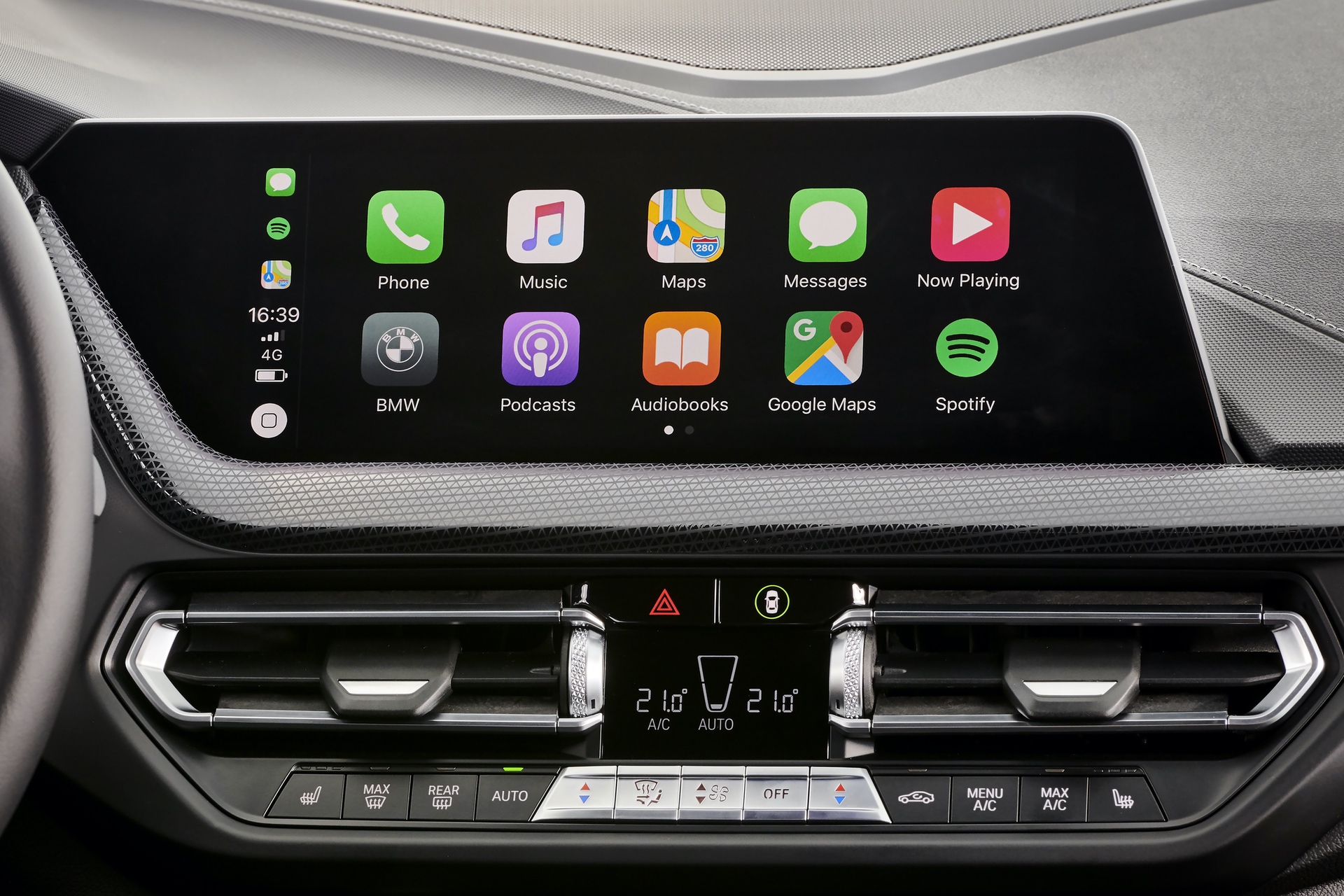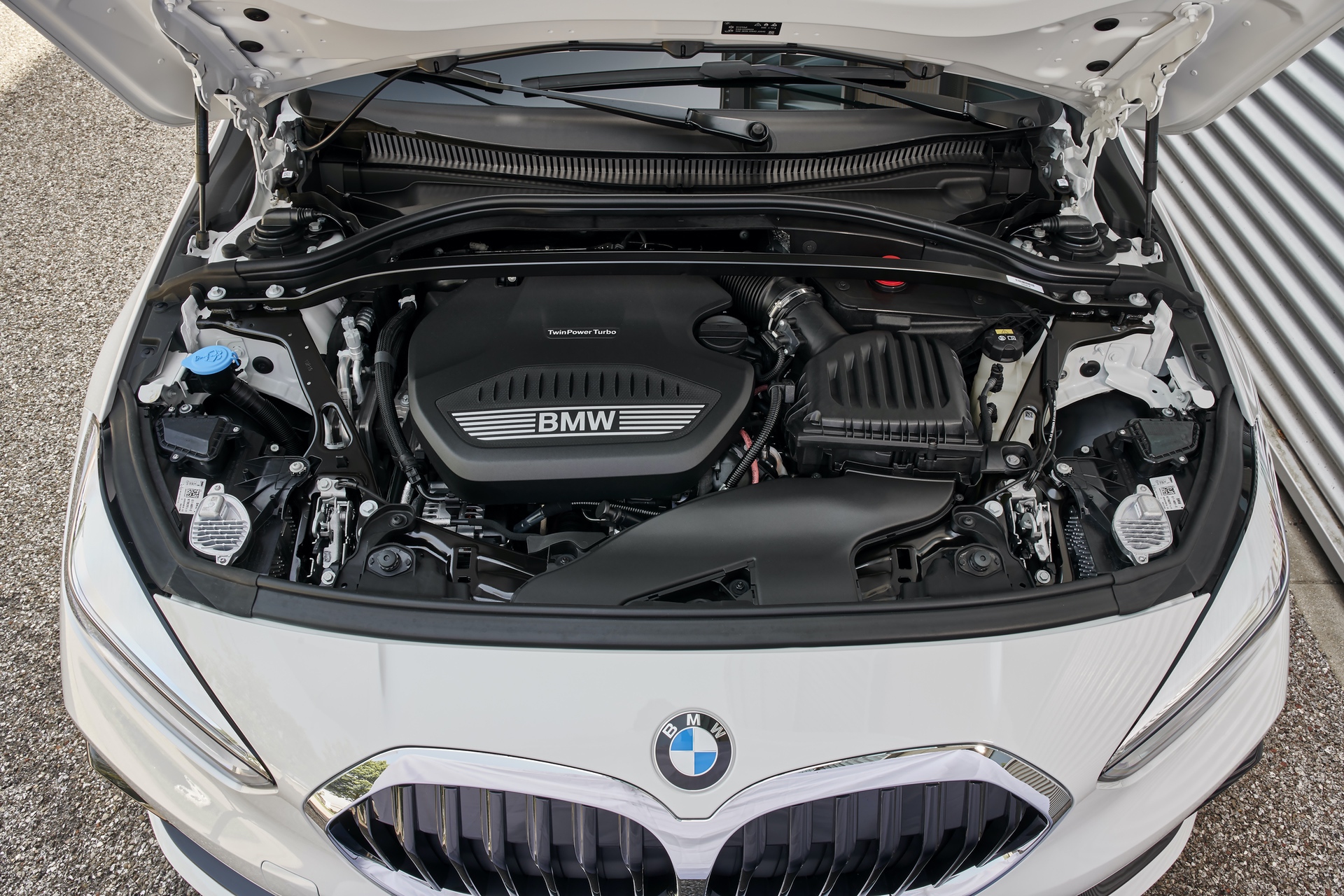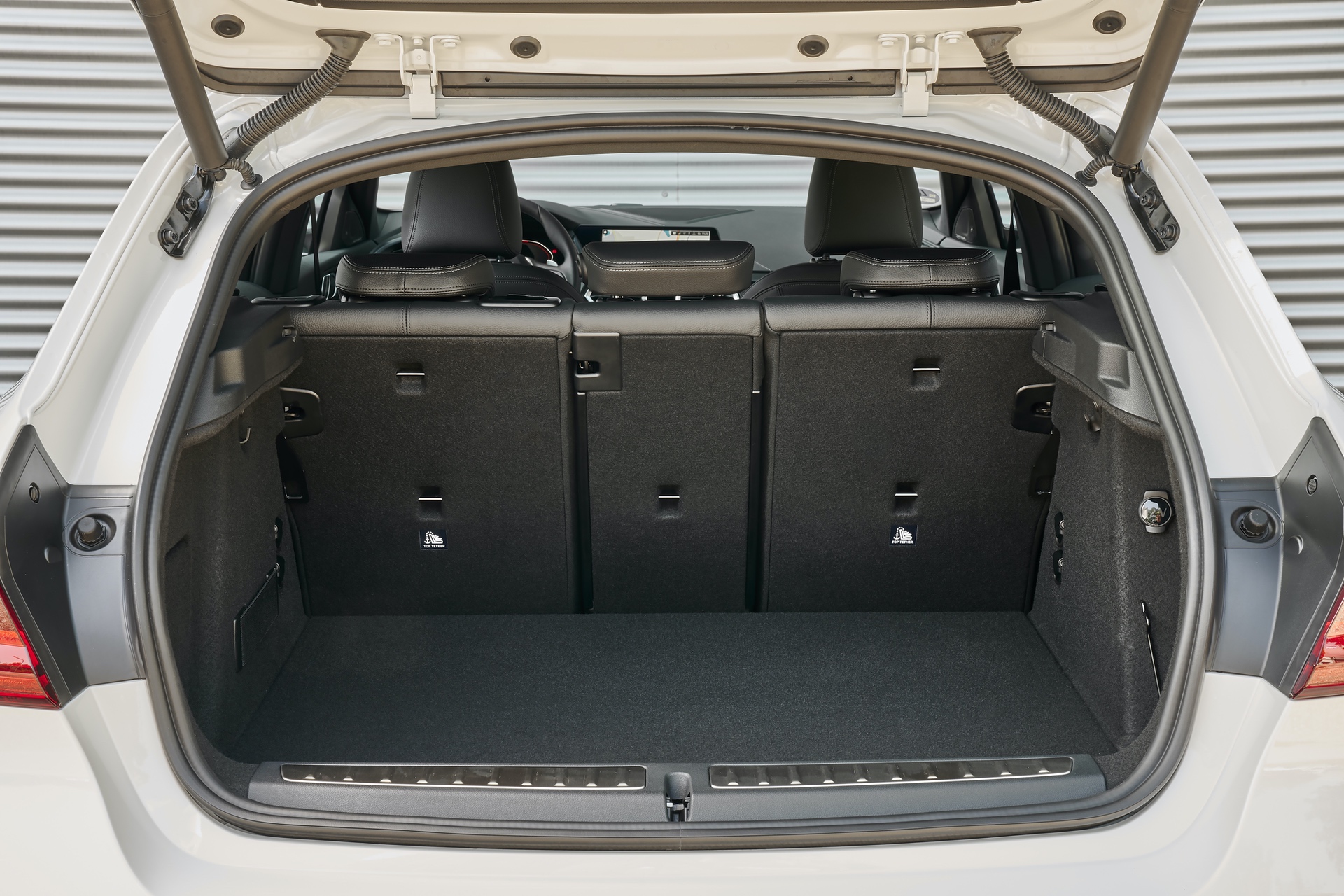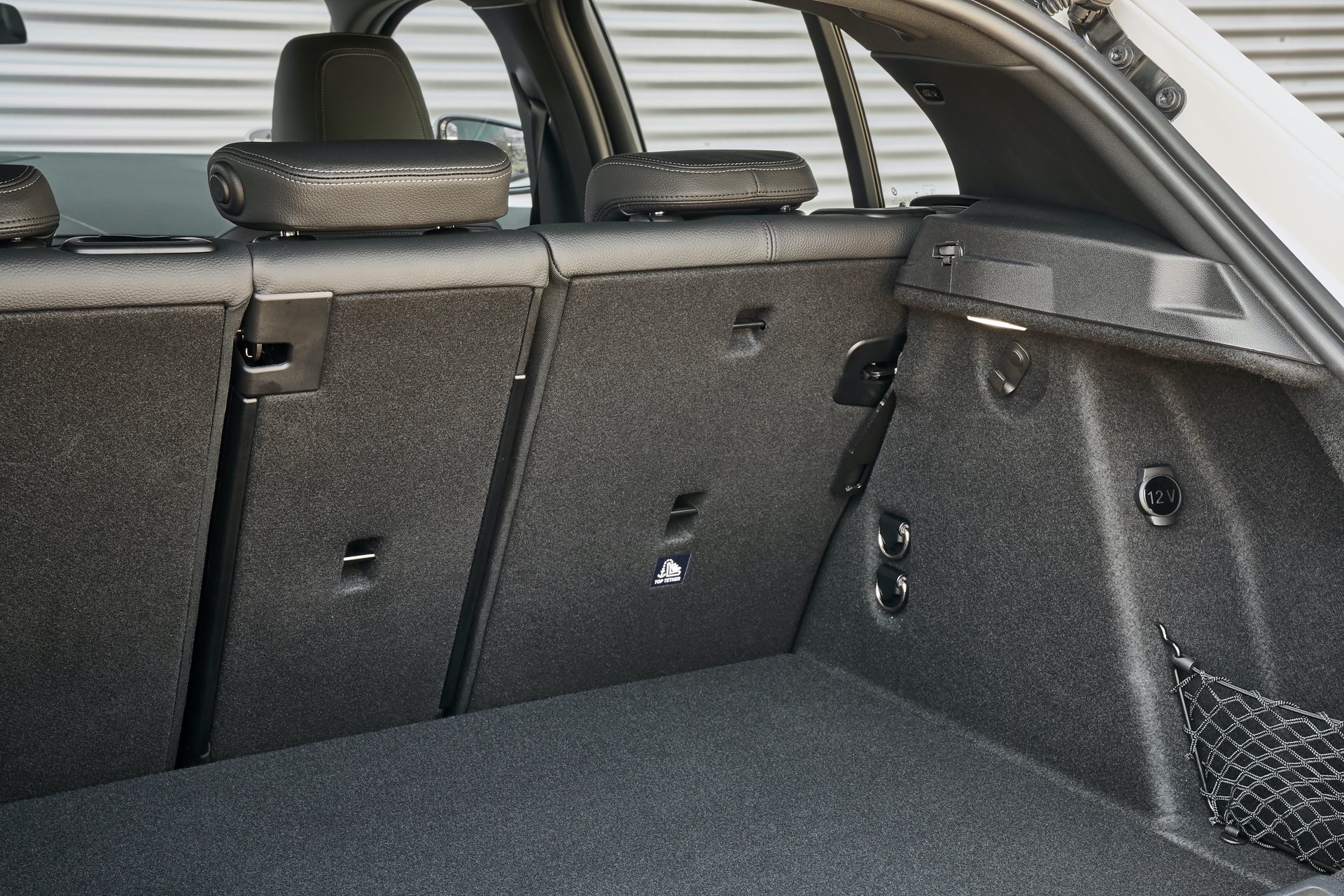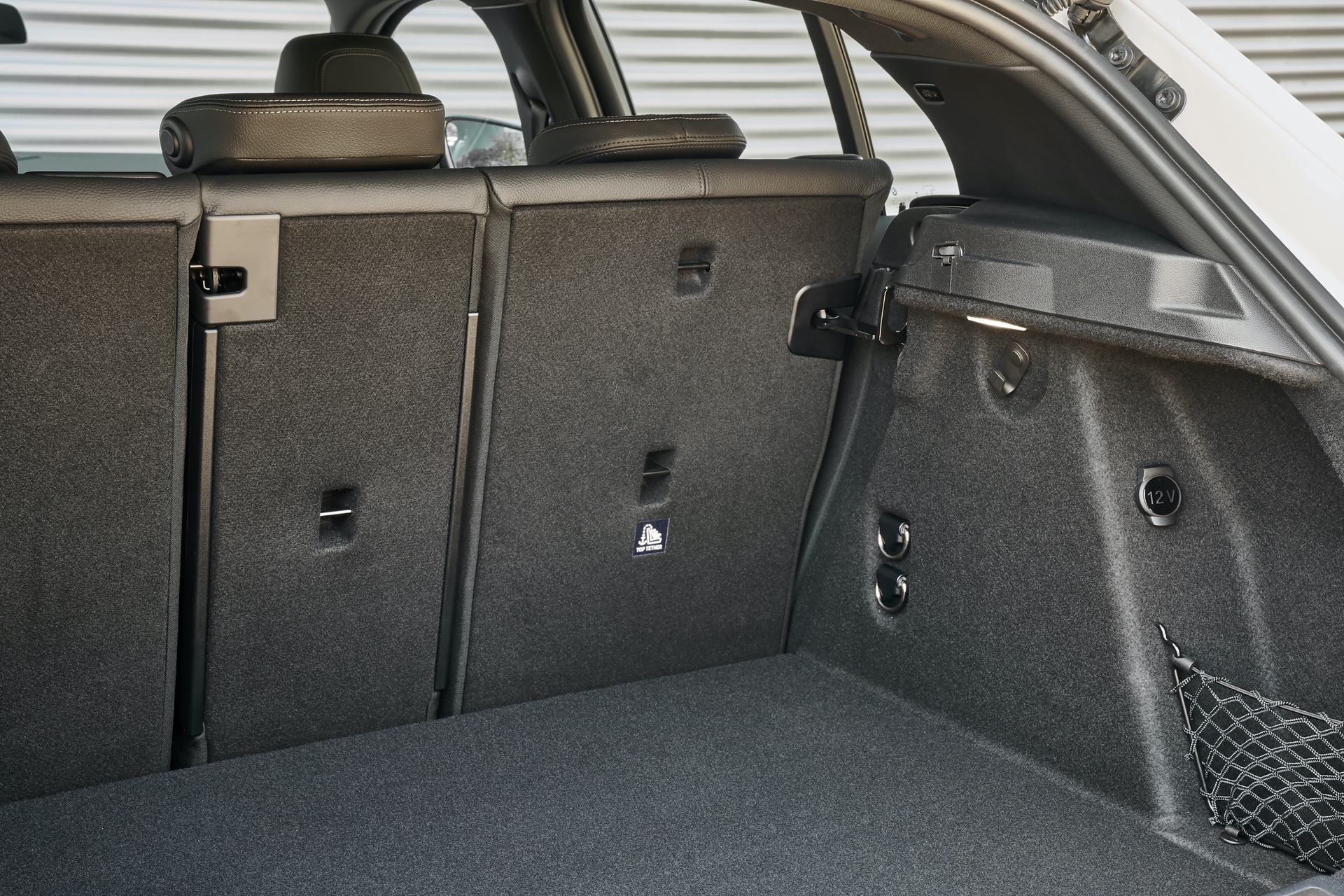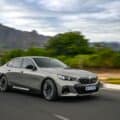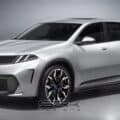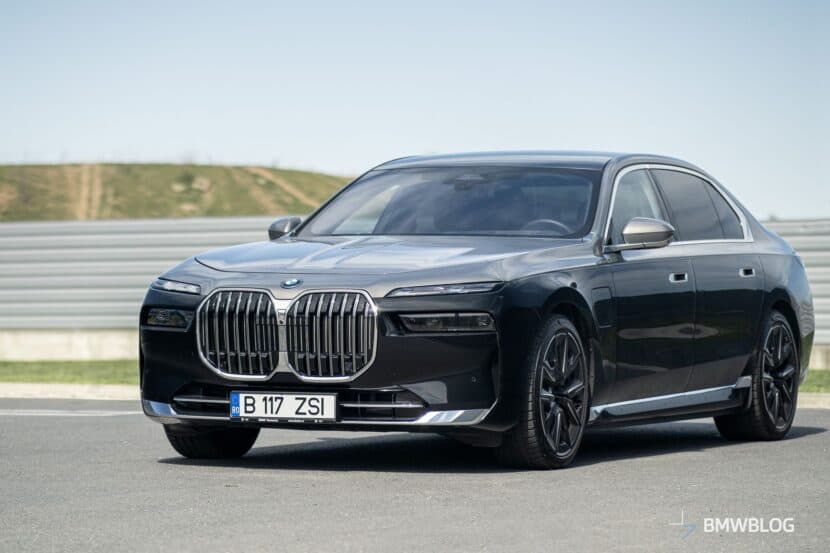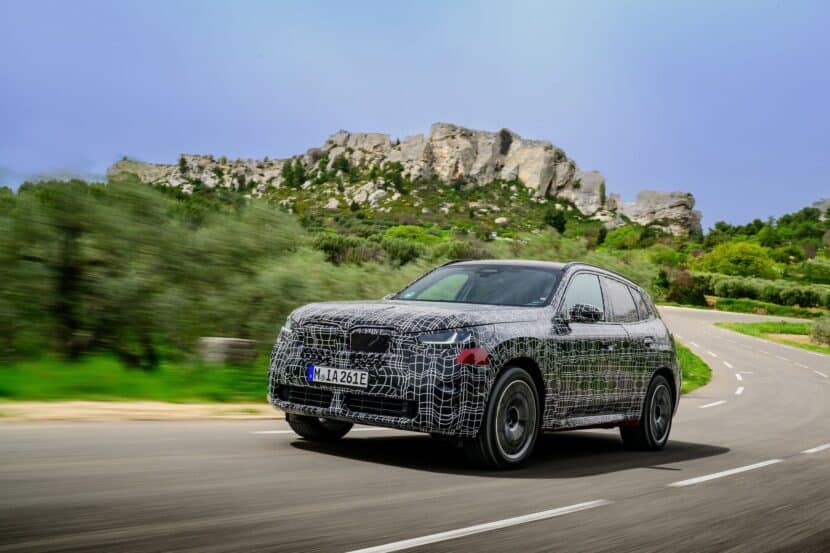While the M135i xDrive is the most exciting model of the new, front-wheel drive 1 Series, it’s the 118d that will find a place in most garages in Europe. The all-new 1 Series family was introduced to media last week, along with the M Performance Model M135i. We’ve already published that review so you can catch up here. Without dwelling on the past too much, here is a quick blurb on the change to the front-wheel drive architecture, as outlined by BMW.
According to the bosses in Munich, most of their 1 Series customers have become less interested in what wheels are driving their cars, and have become more excited about the prospectus of increased interior space and comfort, and additional luggage space. So with that in mind, the designers and engineers at BMW got together and came up with a package that resembles a smaller crossover rather than a hot hatch.
The topic of the front-wheel drive and its compromises in the 1 Series have been beaten to death, so for now, allow us to talk about the driving experience of the 118d.
The Driving Experience
As some of you might know from our previous BMW history lessons, the new and modular family of four-cylinder engine is found in all the front-wheel drive-based vehicles – from the X1 to the X2 and the Active Tourer. There are several variations of the same 2.0 liter engine, but with different power outputs and characteristics.
In the 2019 BMW 118d, the diesel unit peaks at 110 kW (150 hp), also at 4,000 rpm, while the maximum torque of 350 Nm (258 lb-ft) is on tap from 1,750 to 2,500 rpm. It burns 4.4 – 4.1 liters of diesel for every 100 kilometers on the combined cycle and emits 116 – 108 grams of CO2 per kilometer. Certainly great engineering achievements that once again highlight BMW’s commitment to clean diesels.
With “all that power” on tap, the BMW 118d completes the 0 to 100 km/h (62 mph) sprint in 8.5 seconds (8.4 seconds with eight-speed Steptronic transmission) and reaches a top speed of 218 km/h / 135 mph (216 km/h / 134 mph).
So clearly, this is not a high-performance model, but rather a daily commuter that cares more about fuel consumption than anything else.
Underpinning the new 118d is BMW’s latest FAAR platform, a fancy name for the aforementioned FWD. But to enhance its driving dynamics, the car features struts at the front and a multi-link rear axle, optional adaptive dampers, and anti-roll bar mounting with high preload if optioned with both the Adaptive suspension and M Sport suspension. Using light materials in some areas, the 2019 BMW 118d is about 25 kg lighter than a similar optioned F40 1 Series.
Coming from the morning drive in the M135i xDrive, I had to lower my expectations and treat the 118d model as it’s intended to be used – mostly as a daily driver to and from work. The interior space is quite adequate for someone my height – 1.90 meters or roughly 6″3 for those that count in feet and inches. There is plenty of headroom and even with the seat placed quite back from the steering wheel, there is still enough knee room for people behind me. BMW specs sheet mentions an extra 33mm of knee room over the old car. This comes in spite of the overall wheelbase being 20mm shorter.
The trunk space is 380 liters with the rear seats in place (20 liters more than before) and 1200 liters with them folded down, so that should help in case you’d like to use the car as a “moving truck.”
Upon firing up those four-cylinders, I immediately sense a more domesticated sound, in contrast, as expected, to the higher-rev petrol unit in the M135i. While cruising, the engine is fairly quiet, often making you wonder if this is indeed a diesel. Thanks to the Adaptive Suspension, the Comfort mode is what you’d expect: comfortable. But BMW engineers say that this is by design since customers expect a larger differentiation between driving modes.
The power is sent to the front wheels via an Aisin eight-speed automatic transmission which does the job unobtrusively well. It’s the type of transmission that just works without getting in the way.
ARB – Not A Gimmick
But it’s the ace in the sleeve that makes this 118d fun to drive. BMW calls it ARB, short for actuator contiguous wheel slip limitation, known from the BMW i3s, which is now celebrating its debut in a vehicle with a combustion engine. The idea behind ARB is to improve the extra grip at the front wheels and reduce understeer. On some of the backroads surrounding Munich, I had the chance to push the 118d quite hard into some corners and see what the ARB can do for me.
I’m happy to report that while it cannot completely remove the front-wheel drive feeling, it certainly does a good job analysis the available grip and matching that with the steering inputs. Under full throttle, there is clearly a bit of a slip at the front, but in just a few tenths of a second, the ARB will operate directly in the engine control, therefore catching the spinning wheels. It kinda feels like you’re fighting the torque at the front, but if the MINI drivers love that feeling, arguably, BMW owners will as well.
BMW’s 1 Series drivetrain experts say that the ARB was designed that even at full throttle only as much engine torque is sent to the wheels as it can actually transmit. Once you get the hang of it, it simply becomes an exercise of learning when to lift off the throttle so the driving line is tightened, before hammering down on the gas pedal.
In Sport mode, there is excellent body control while the steering inputs are lively with adequate feedback from the road. In some tight corners, the 118d runs with confidence and effortless, and despite a 58-42 weight distribution, the balance of the car is on point and satisfying,
Switching back to Comfort, it’s now more obvious that a lighter steering is present, which some drivers might prefer in busy city traffic. Just like the all-wheel drive models, the turn radius of the 118d has increased from 10.9 to 11.4 meters, so that could be annoying in some cases.
On some two lane roads, the 118d’s torque at low rpm comes in handy when passing others, and I can see why this engine variant, along with the 120d, will be some of the most popular options in Europe.
Should I Buy One?
If I were to sum up the driving experience in the FWD 118d, then I would say that it’s exactly what you’d expect from a car turning the front wheels, but with enough tricks, it doesn’t really feel front-wheel drive either. It’s a car that will please most drivers, especially those that have never driven the RWD 1 Series, but of course, it will get its fair share of criticism from the F40 owners.
In the end, BMW has done the best it could with the new 1 Series’s FAAR architecture, and I’m willing to bet that the sales will be at an all-time high seven years from now.
Pack in the plethora of driving assistance features, higher quality interior and a wide range of powerplants, and the 1 Series will cater more than ever to a wider range of customers.




